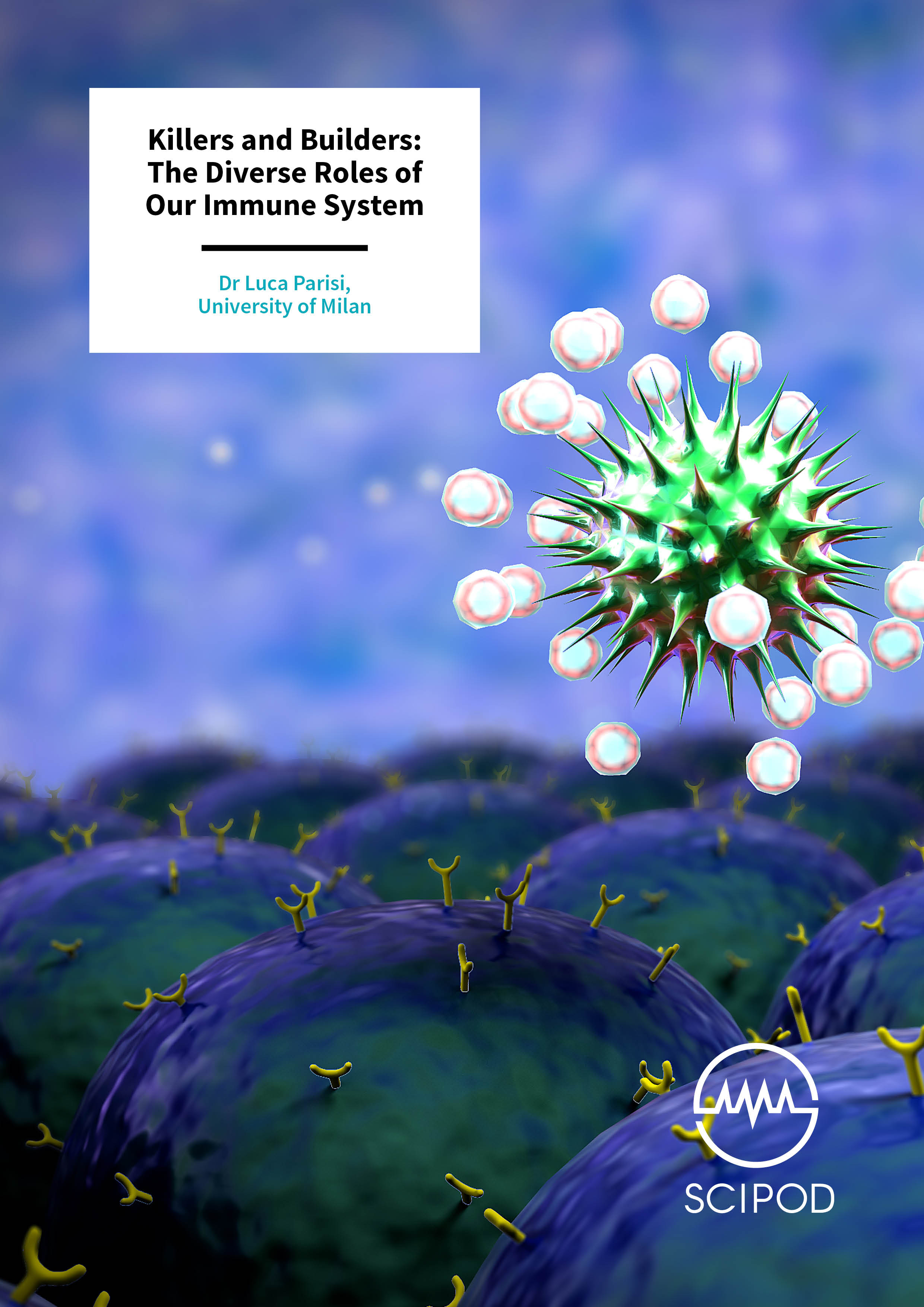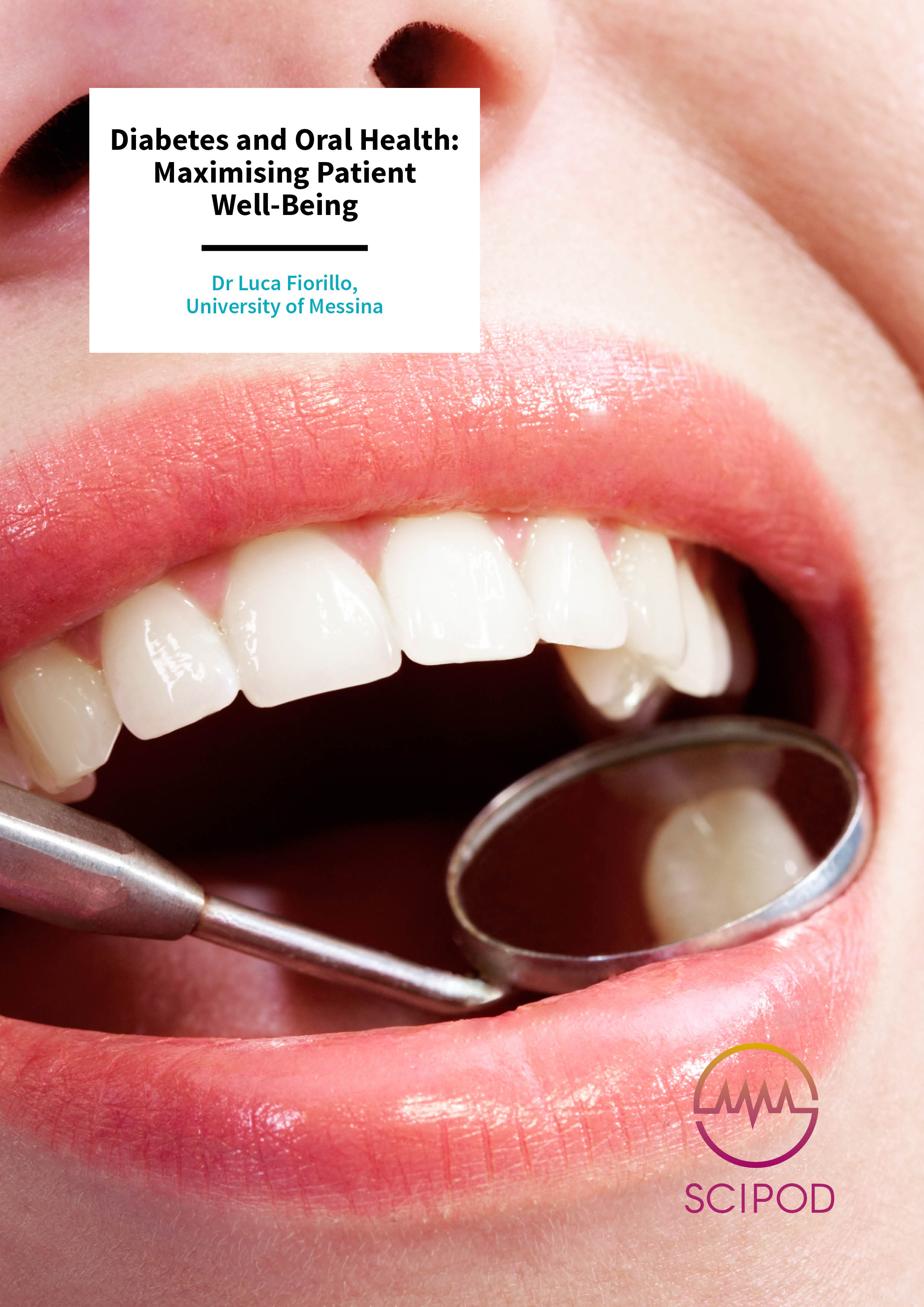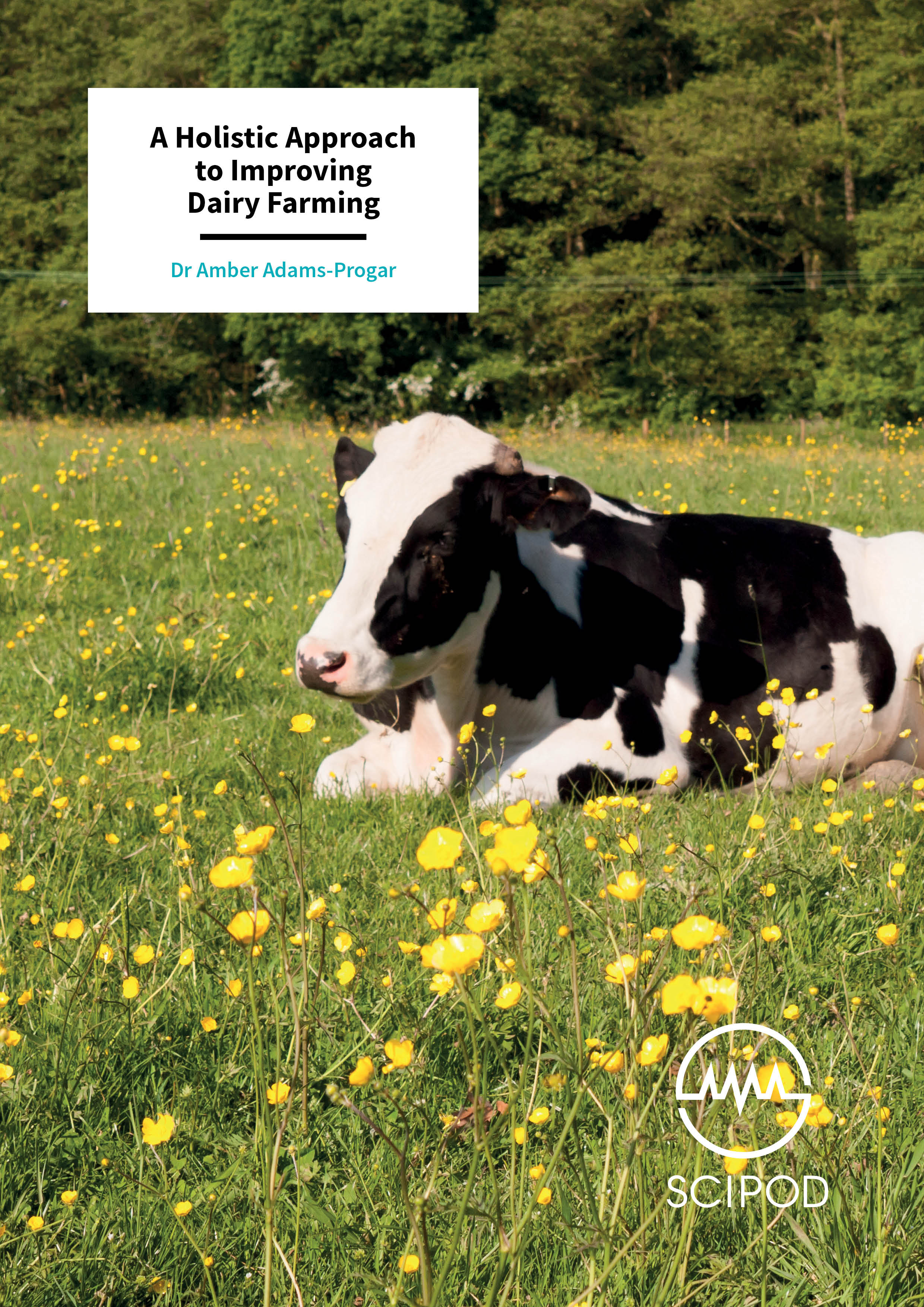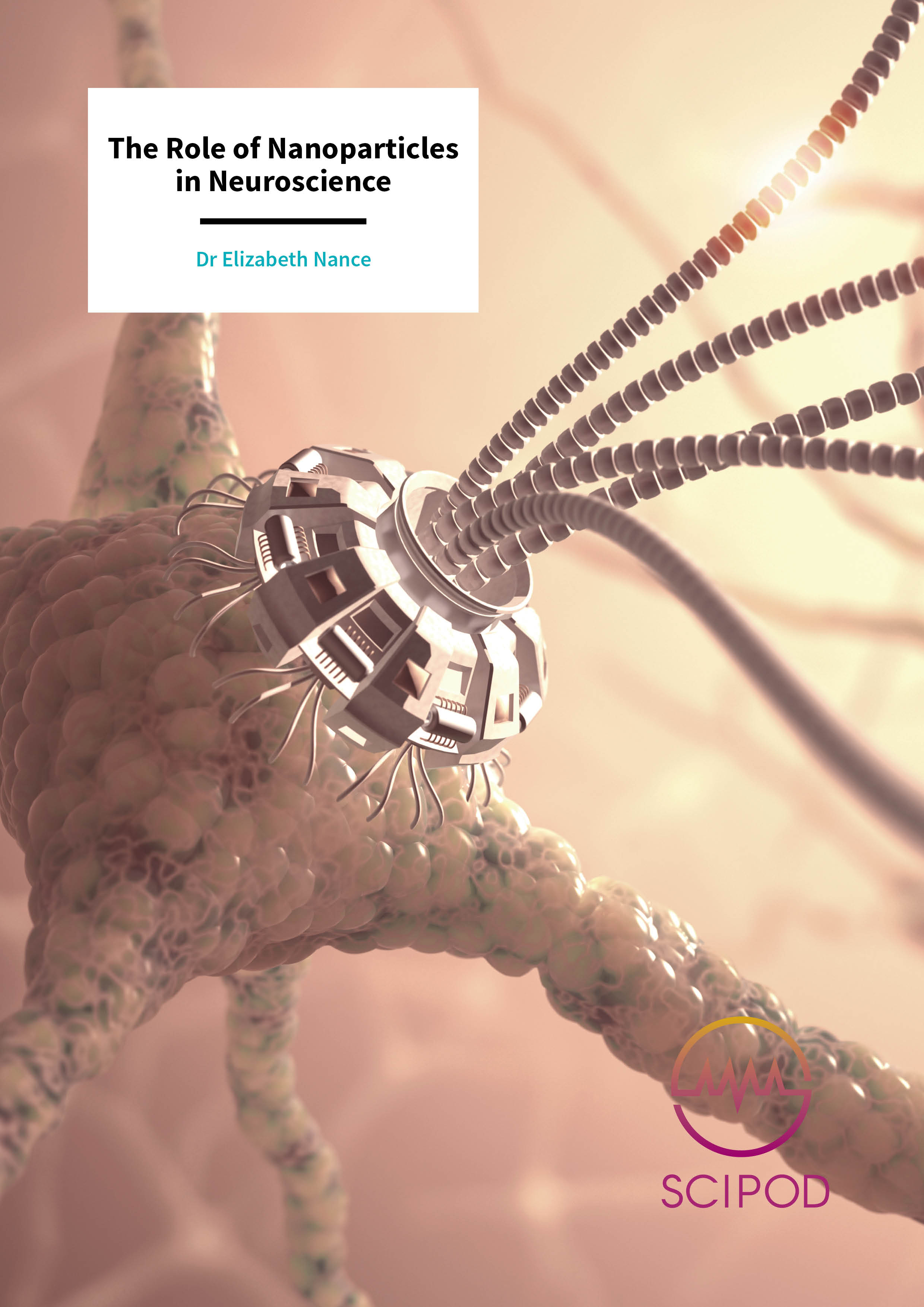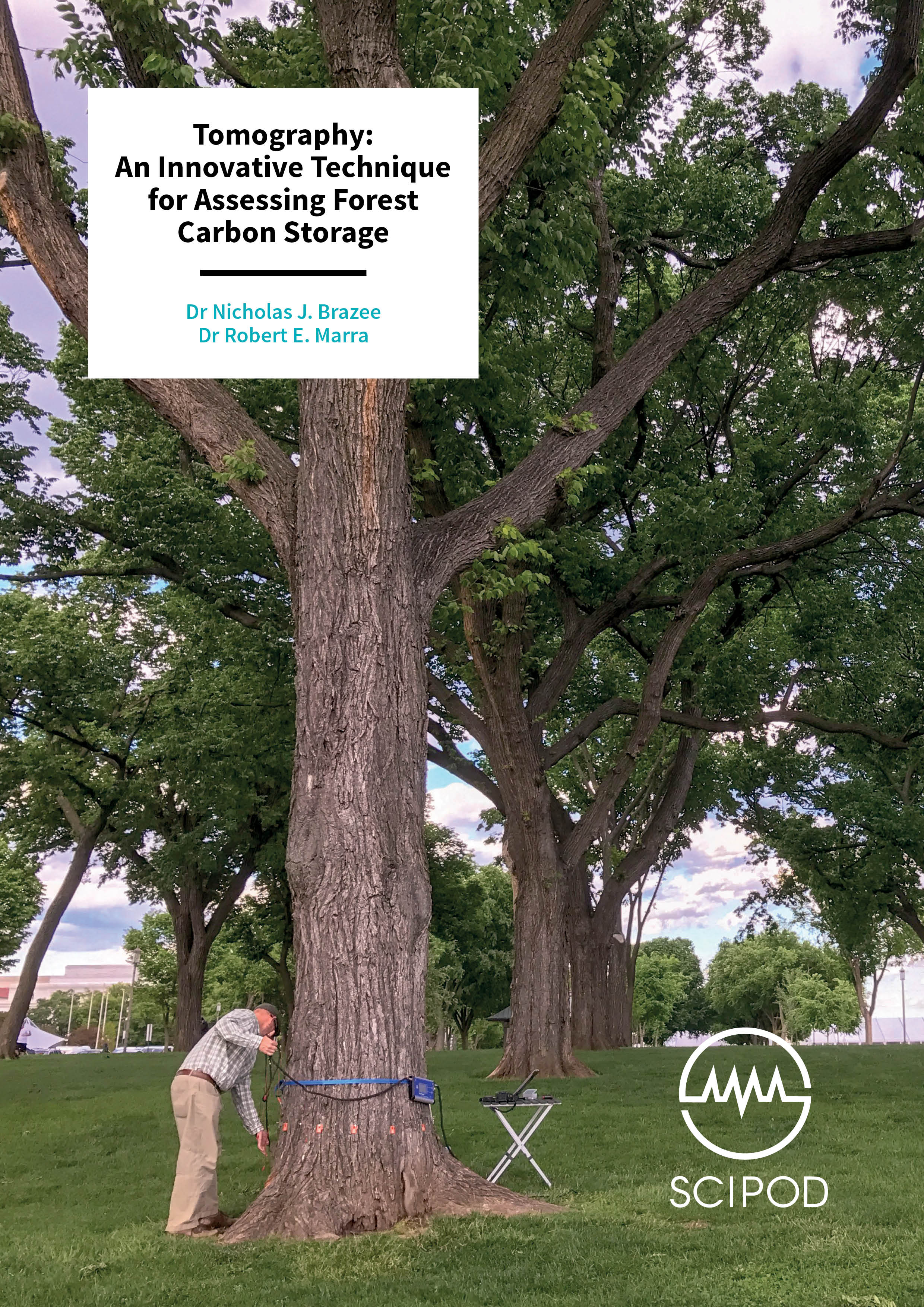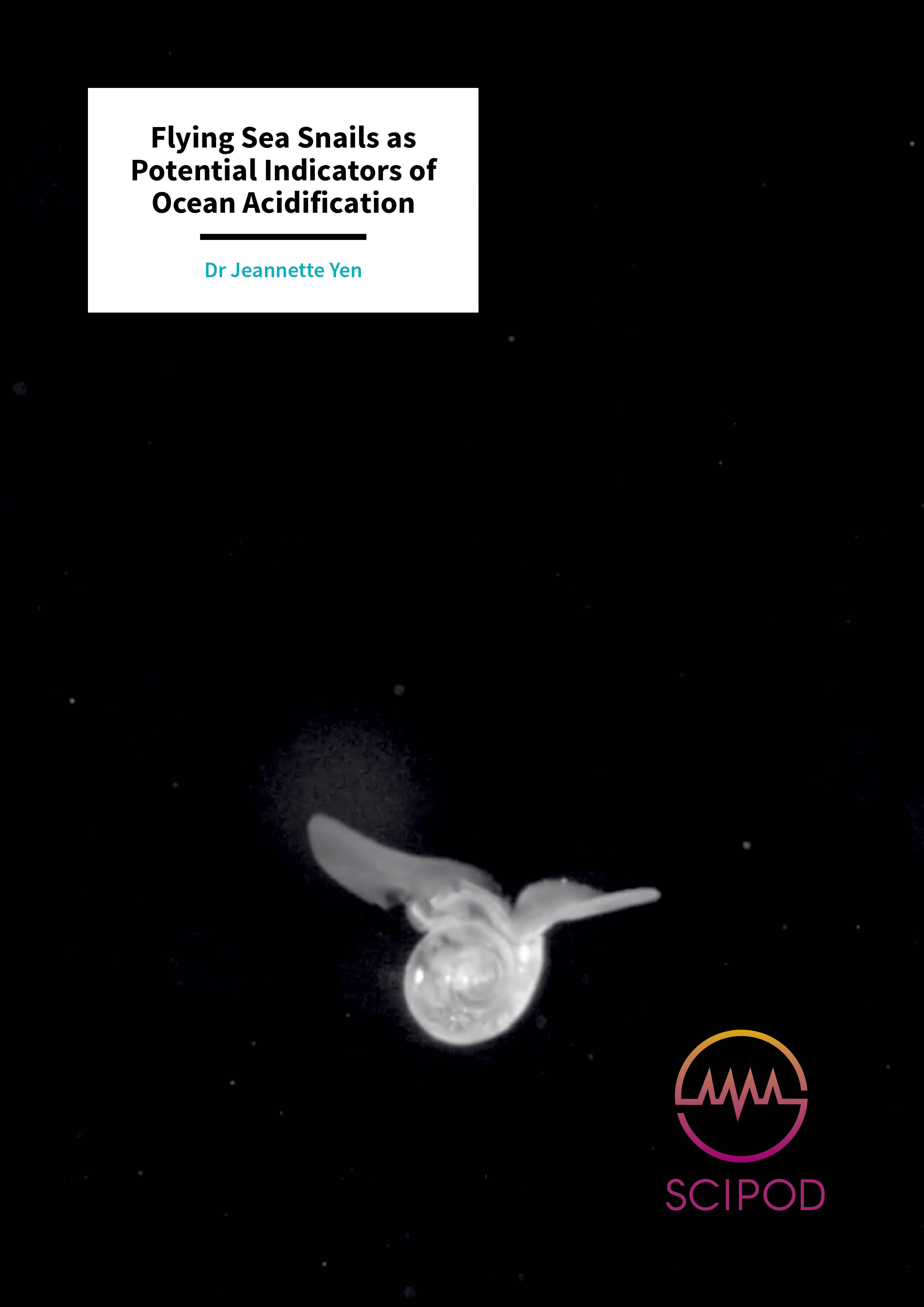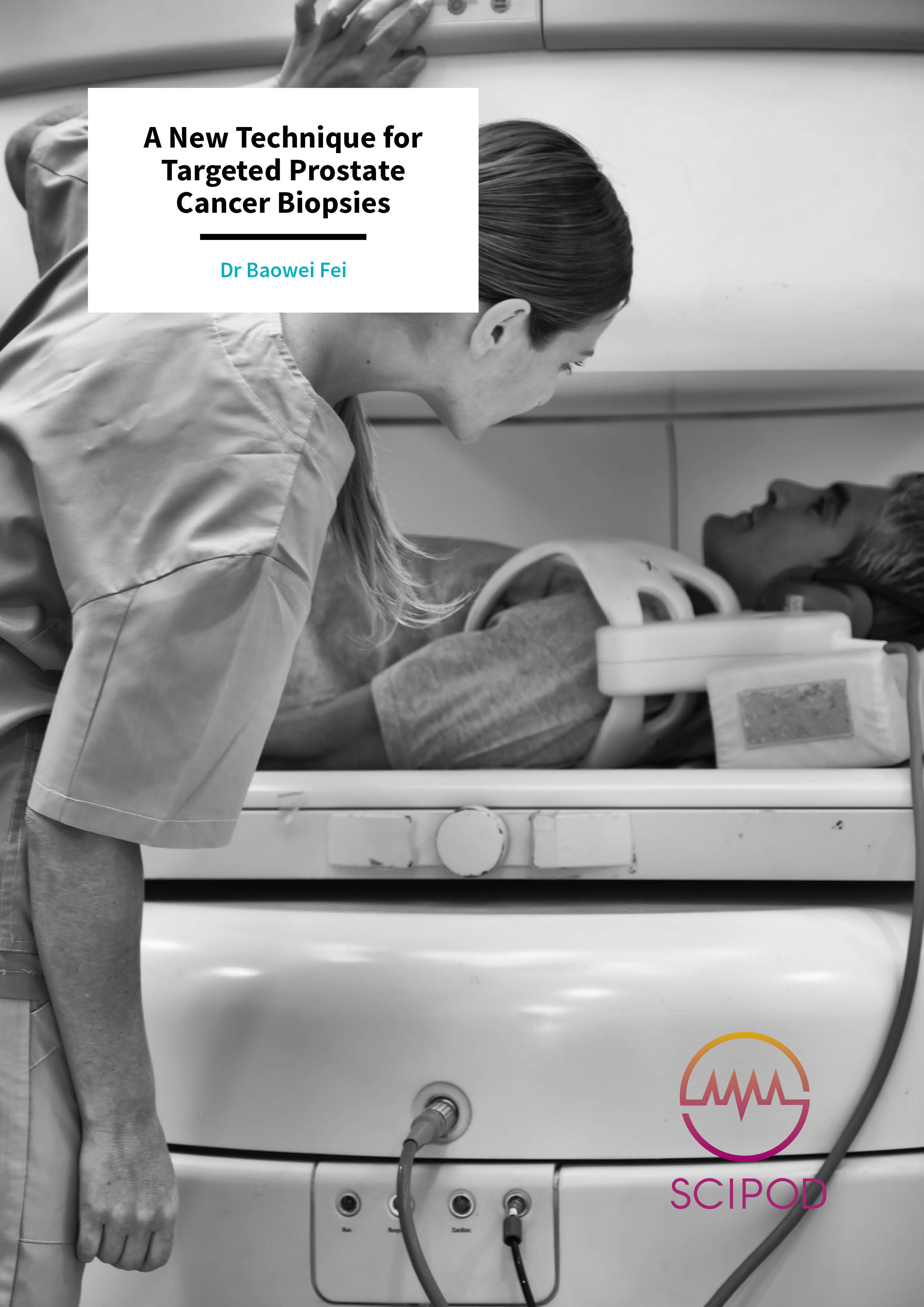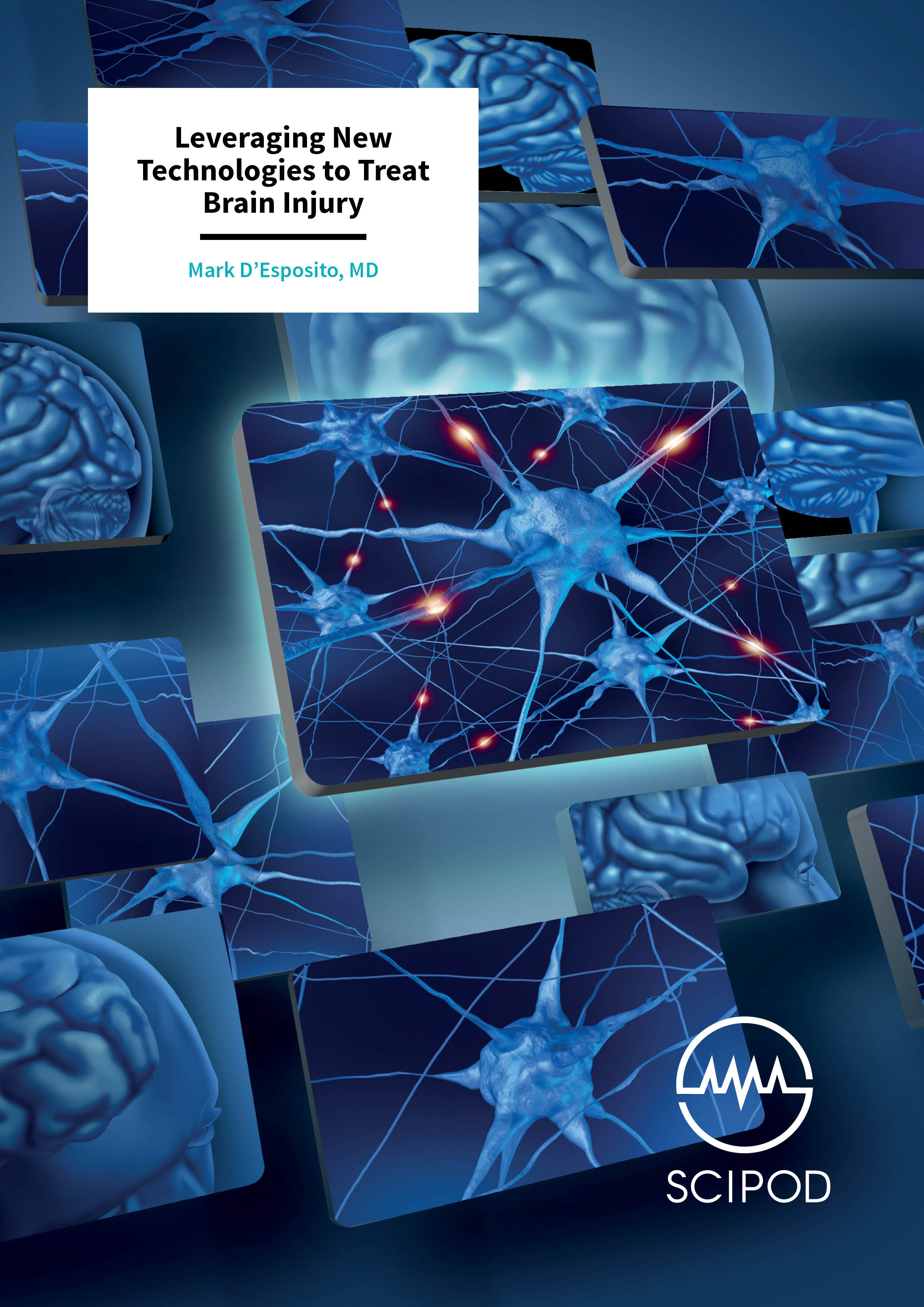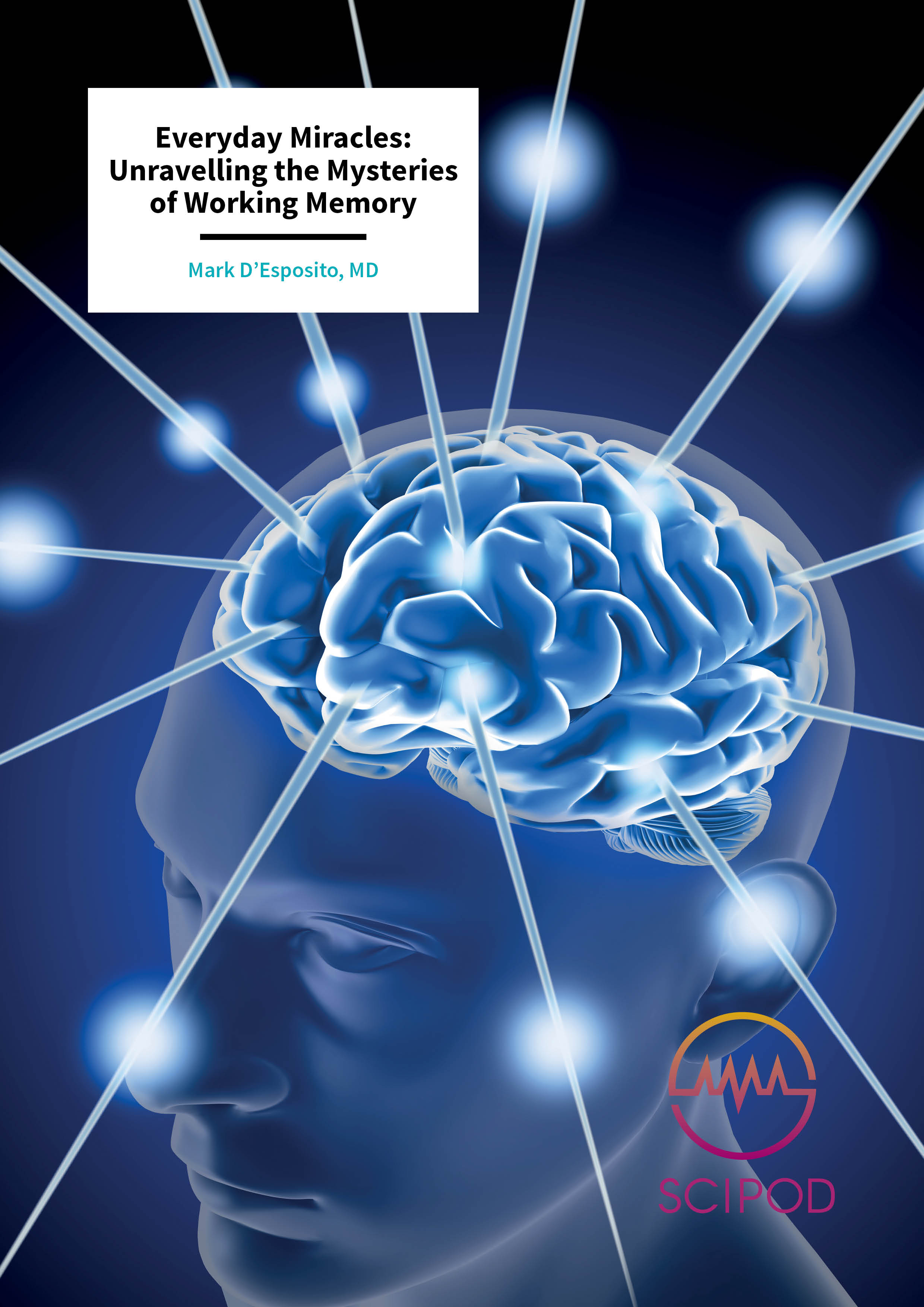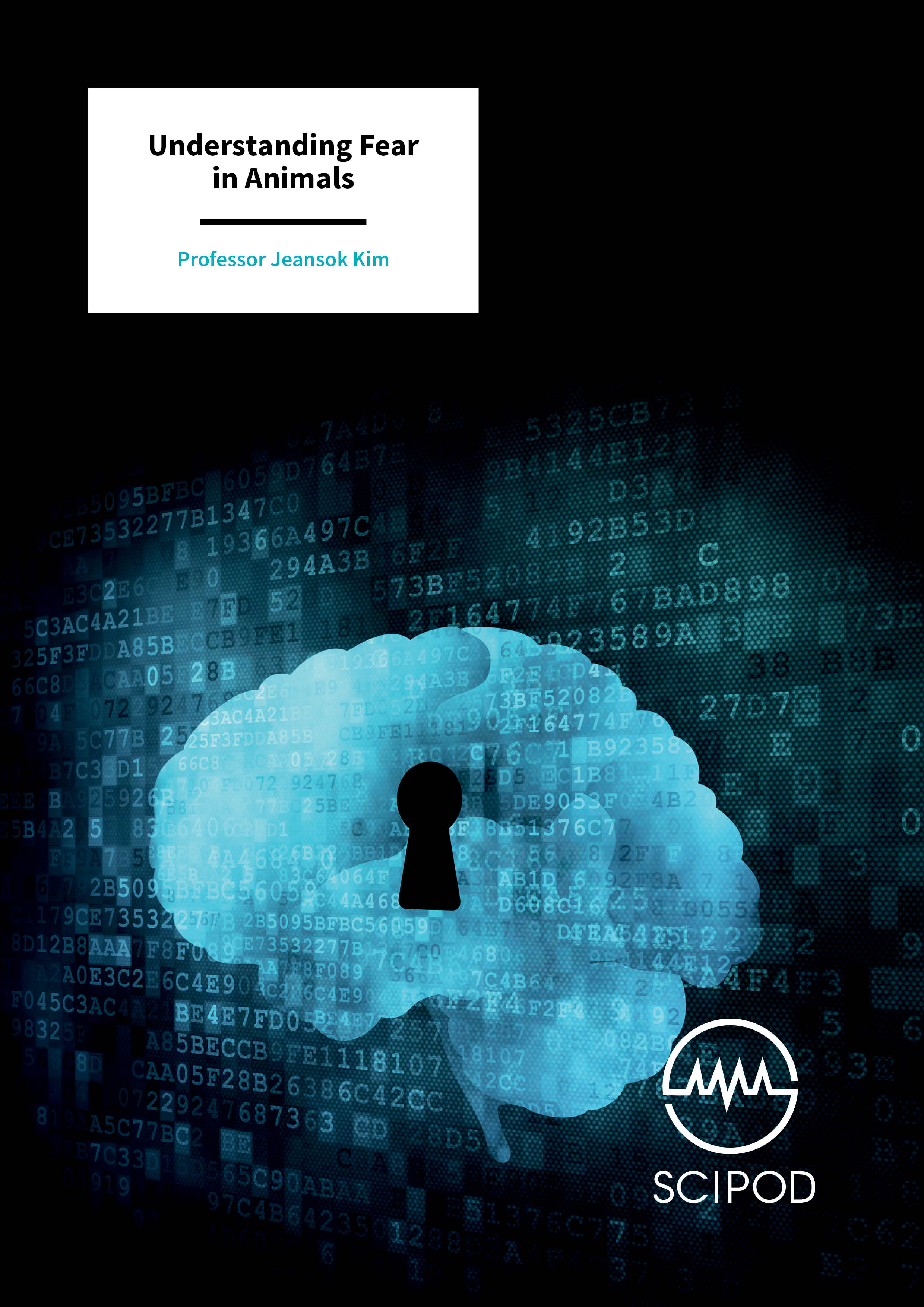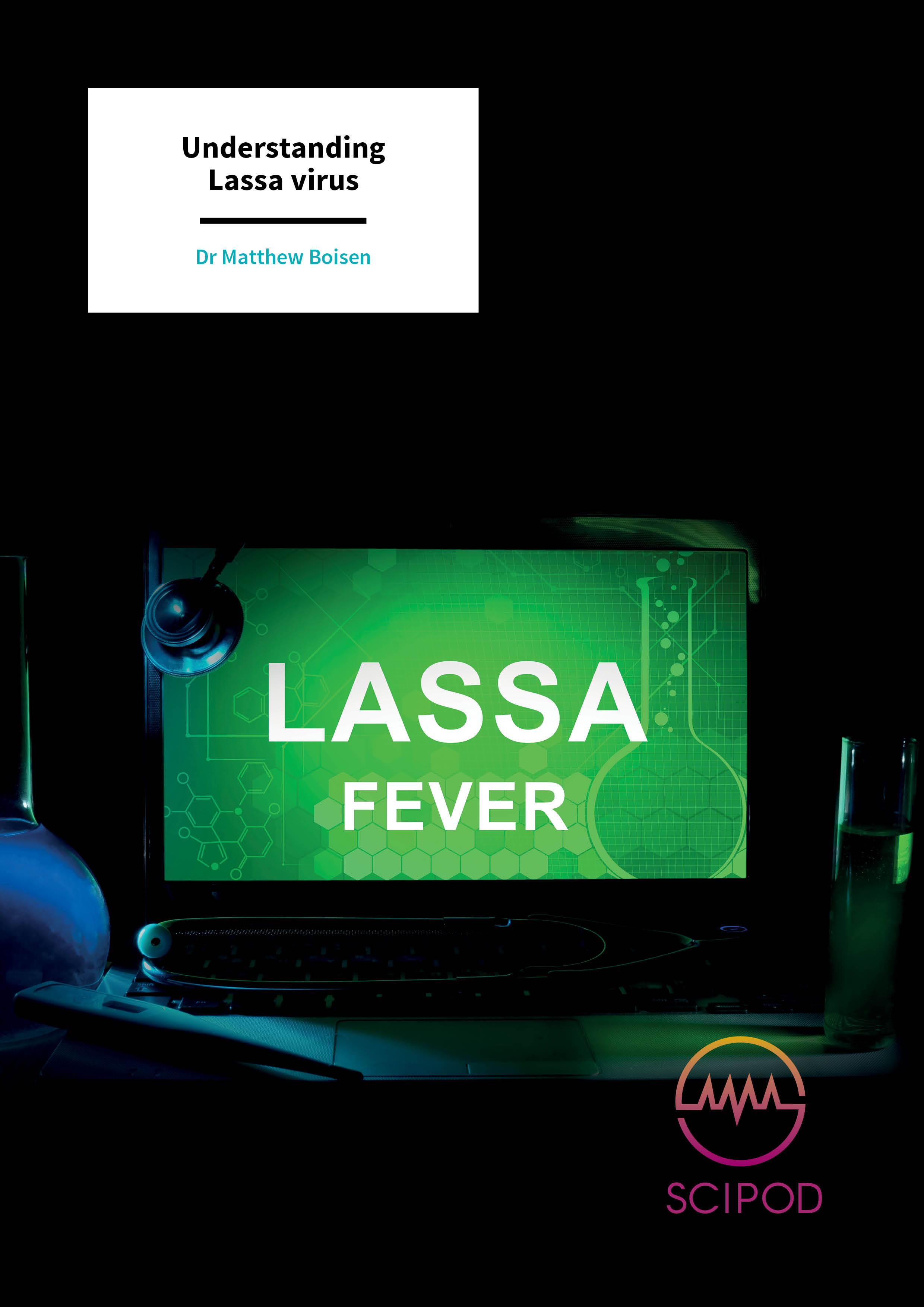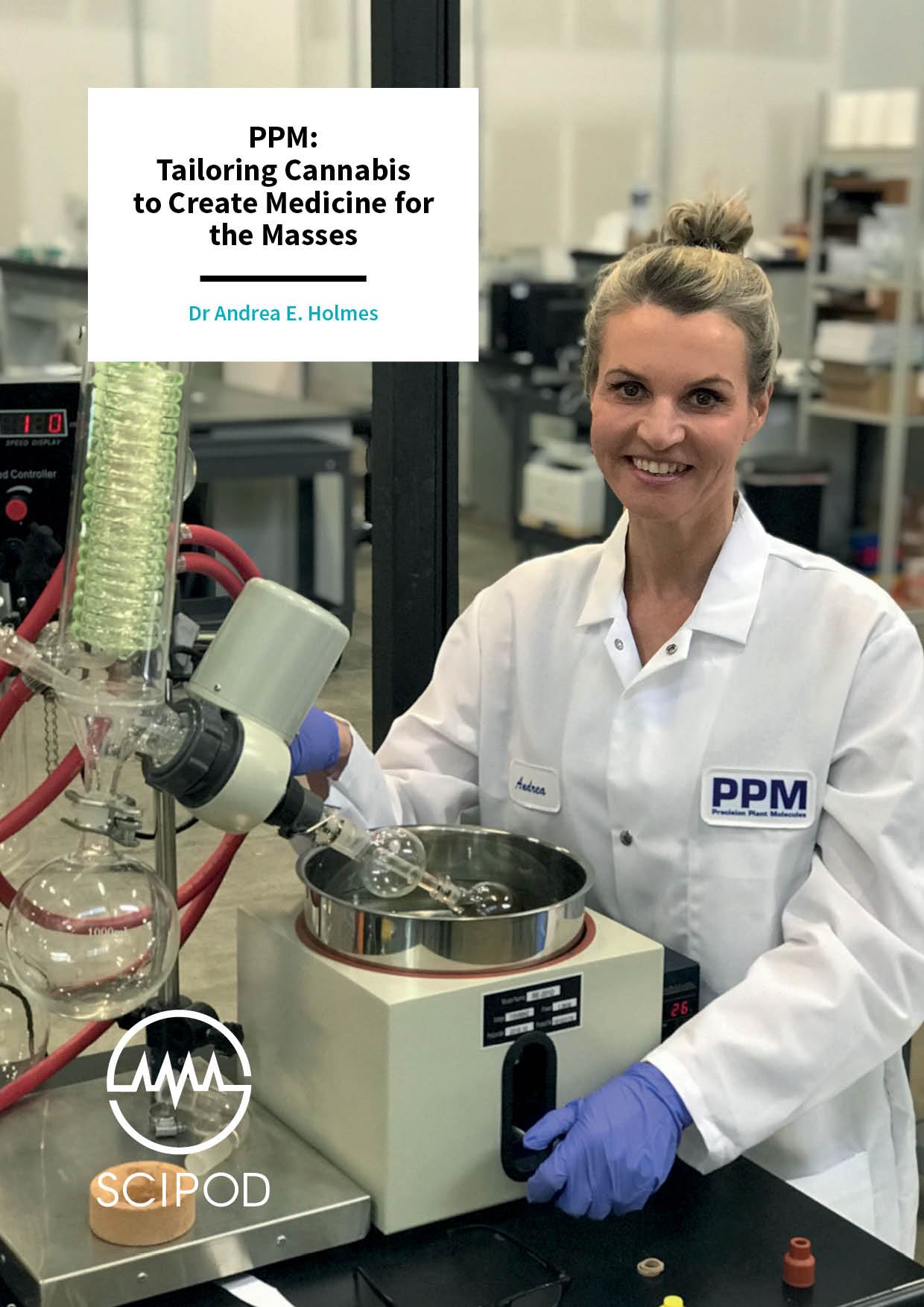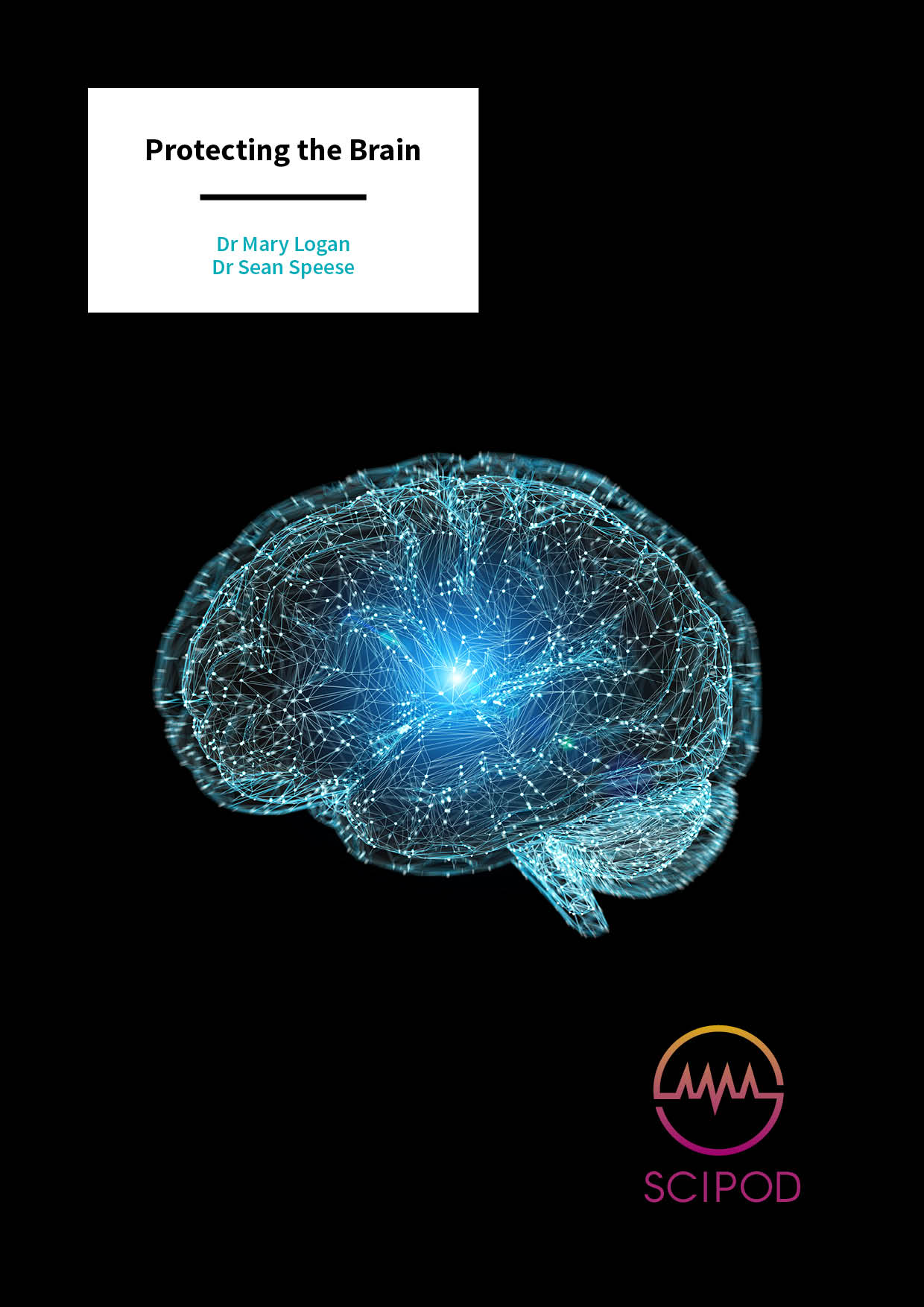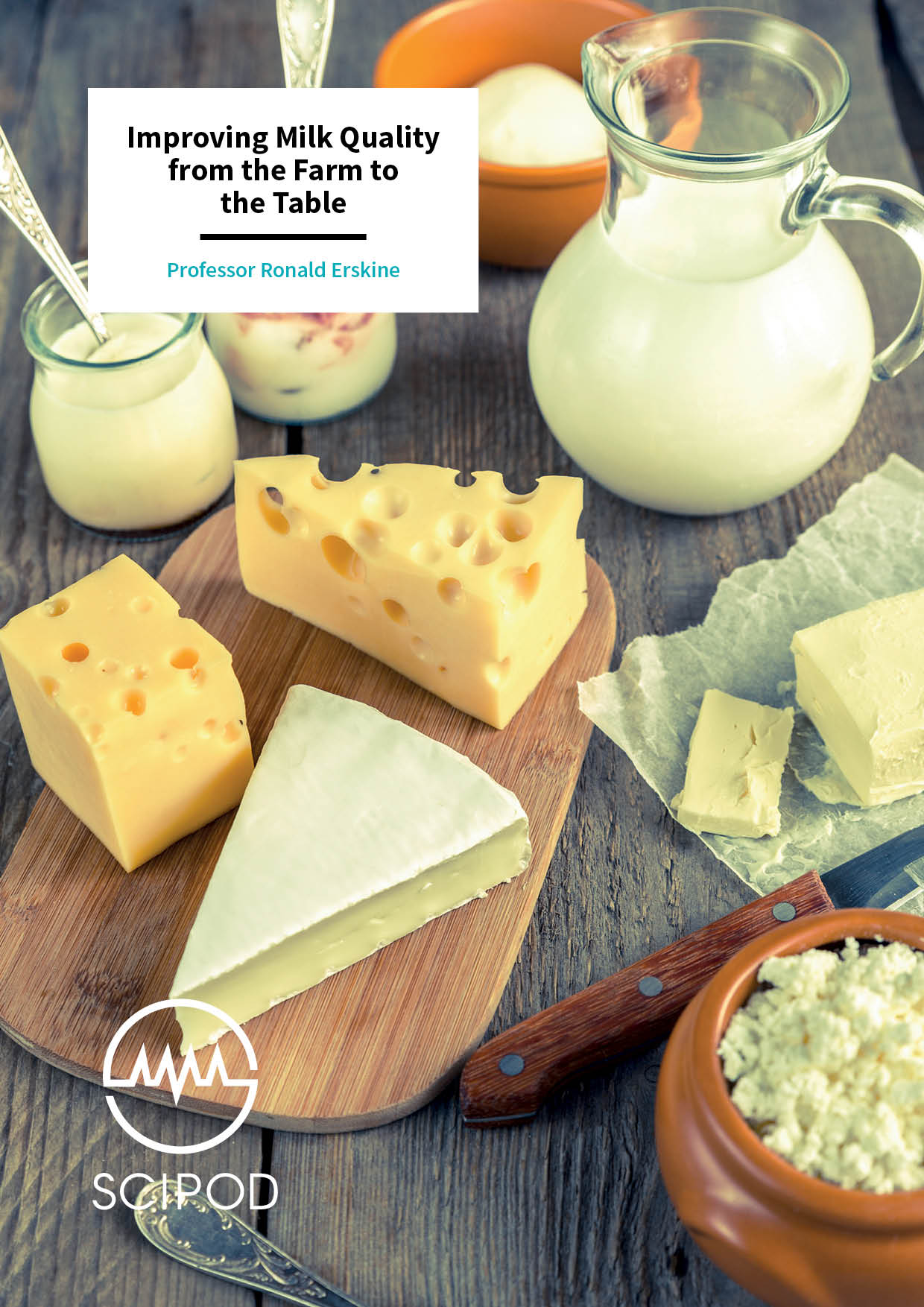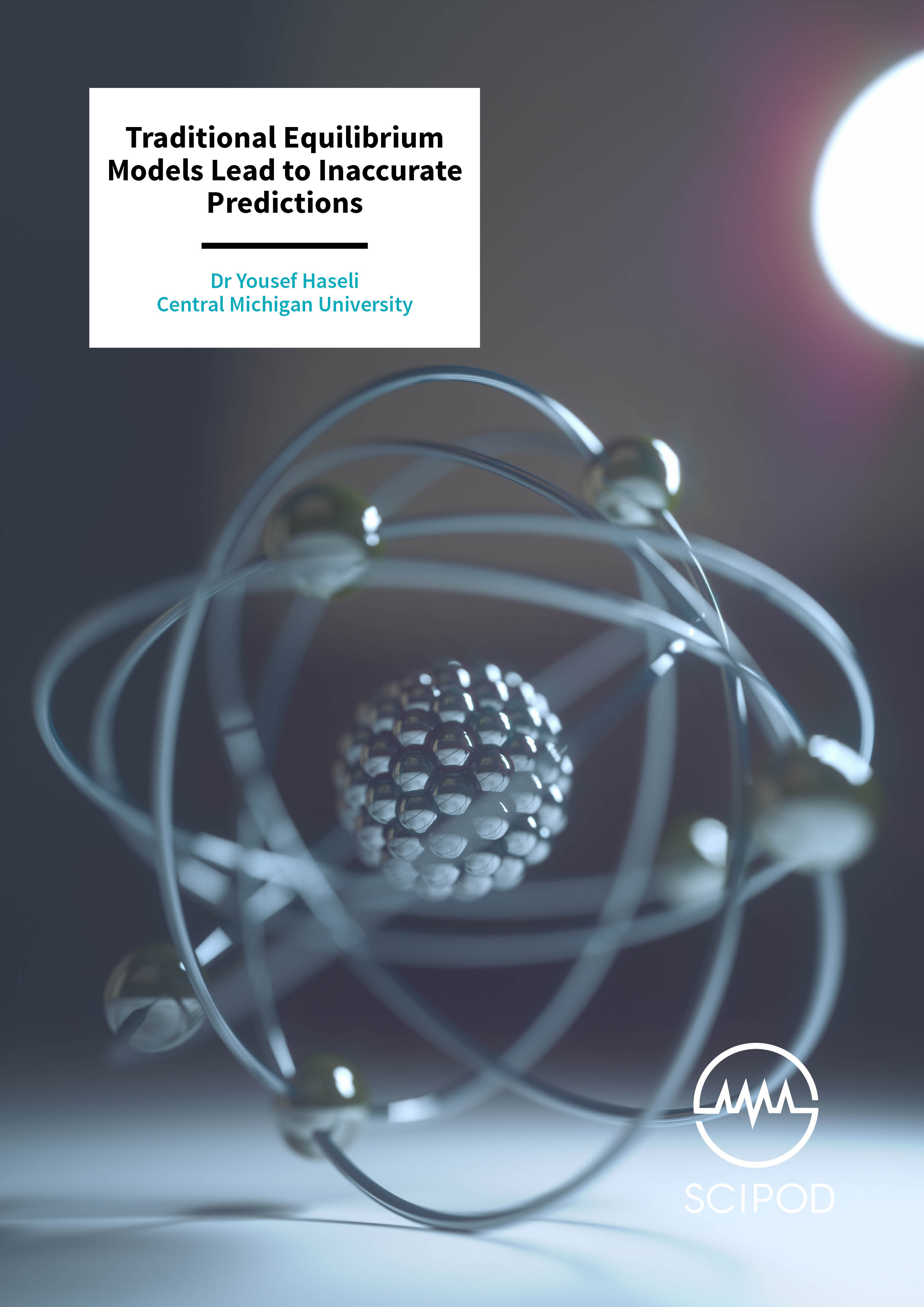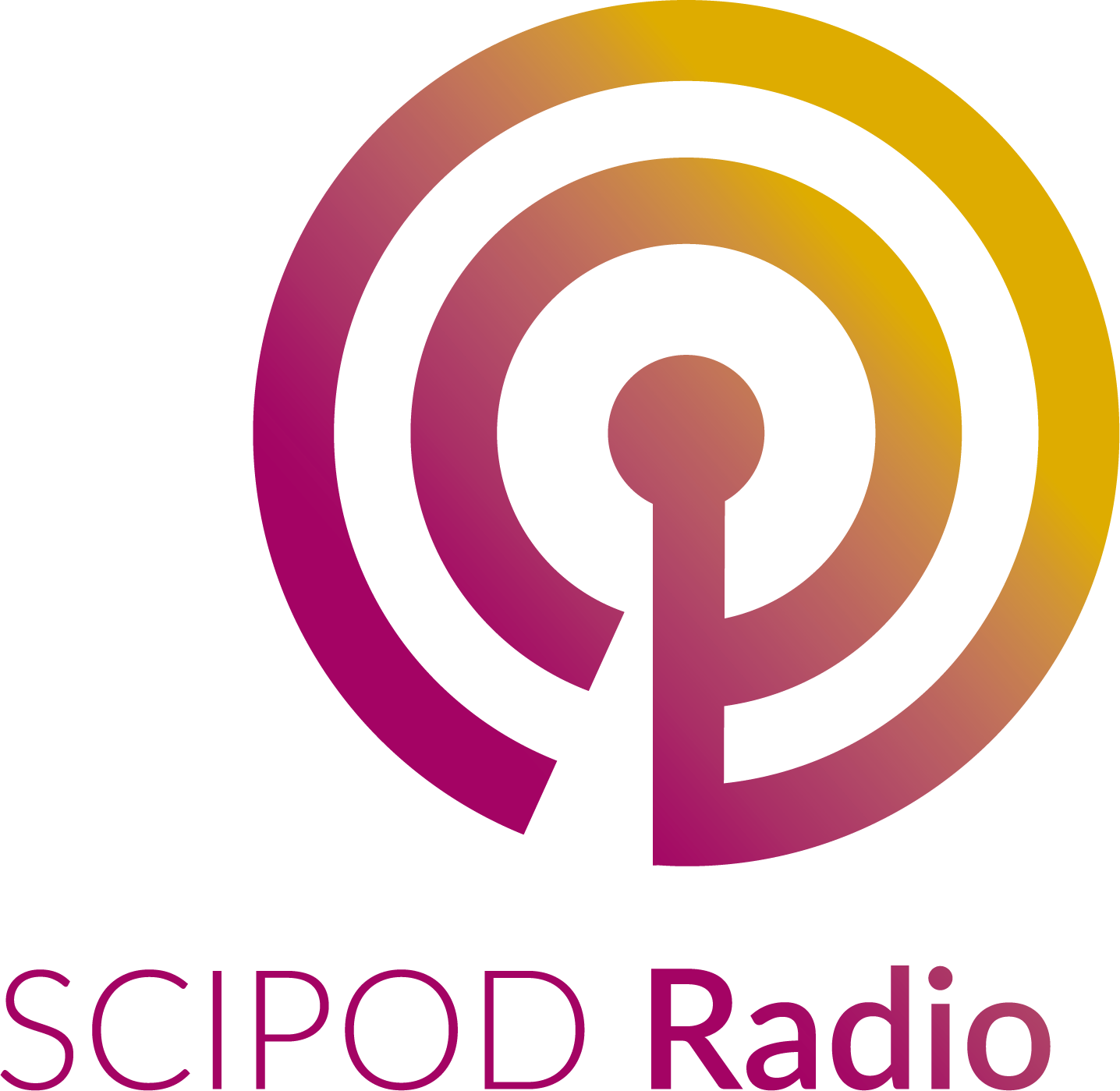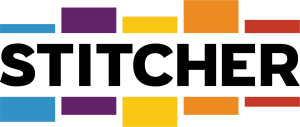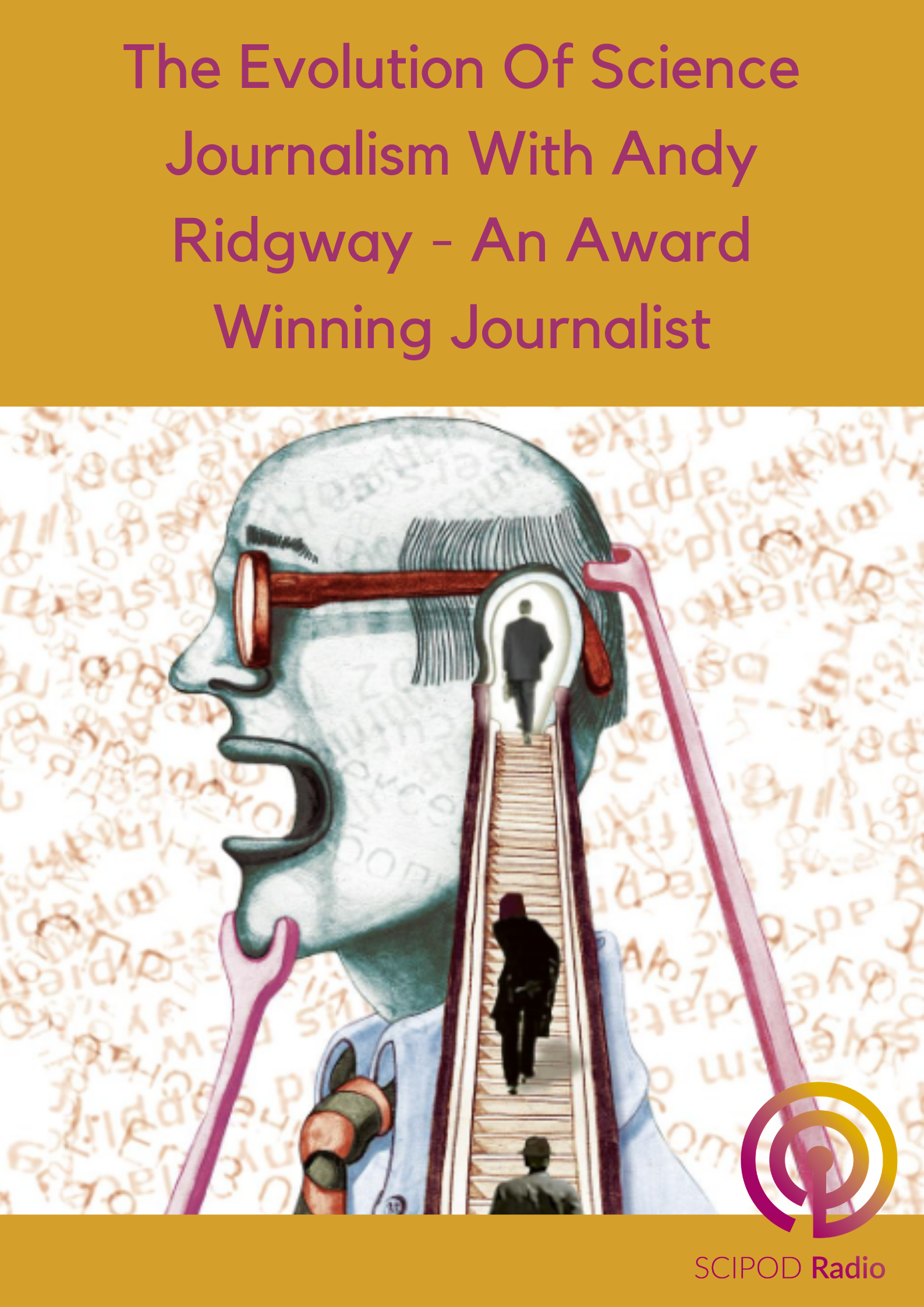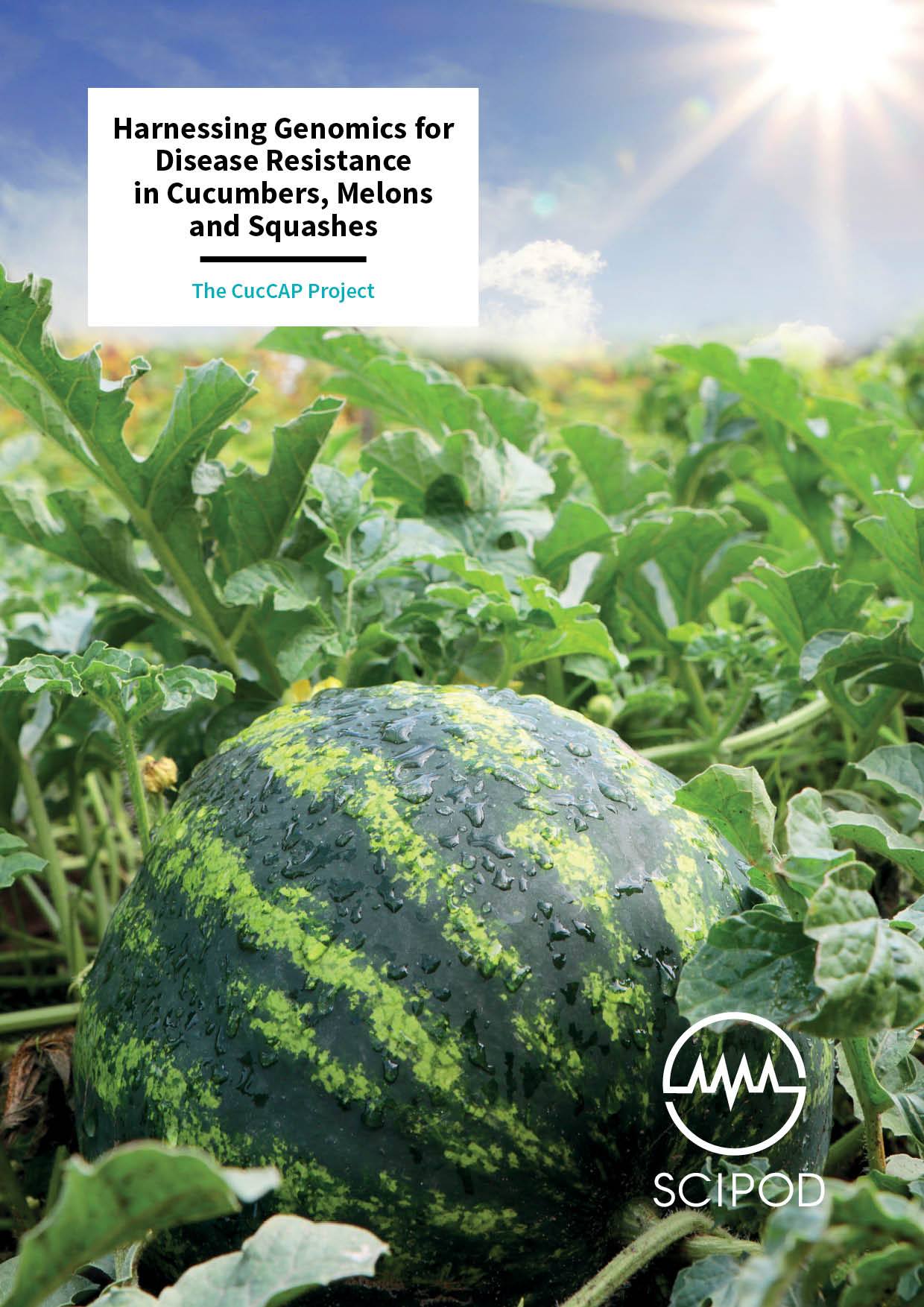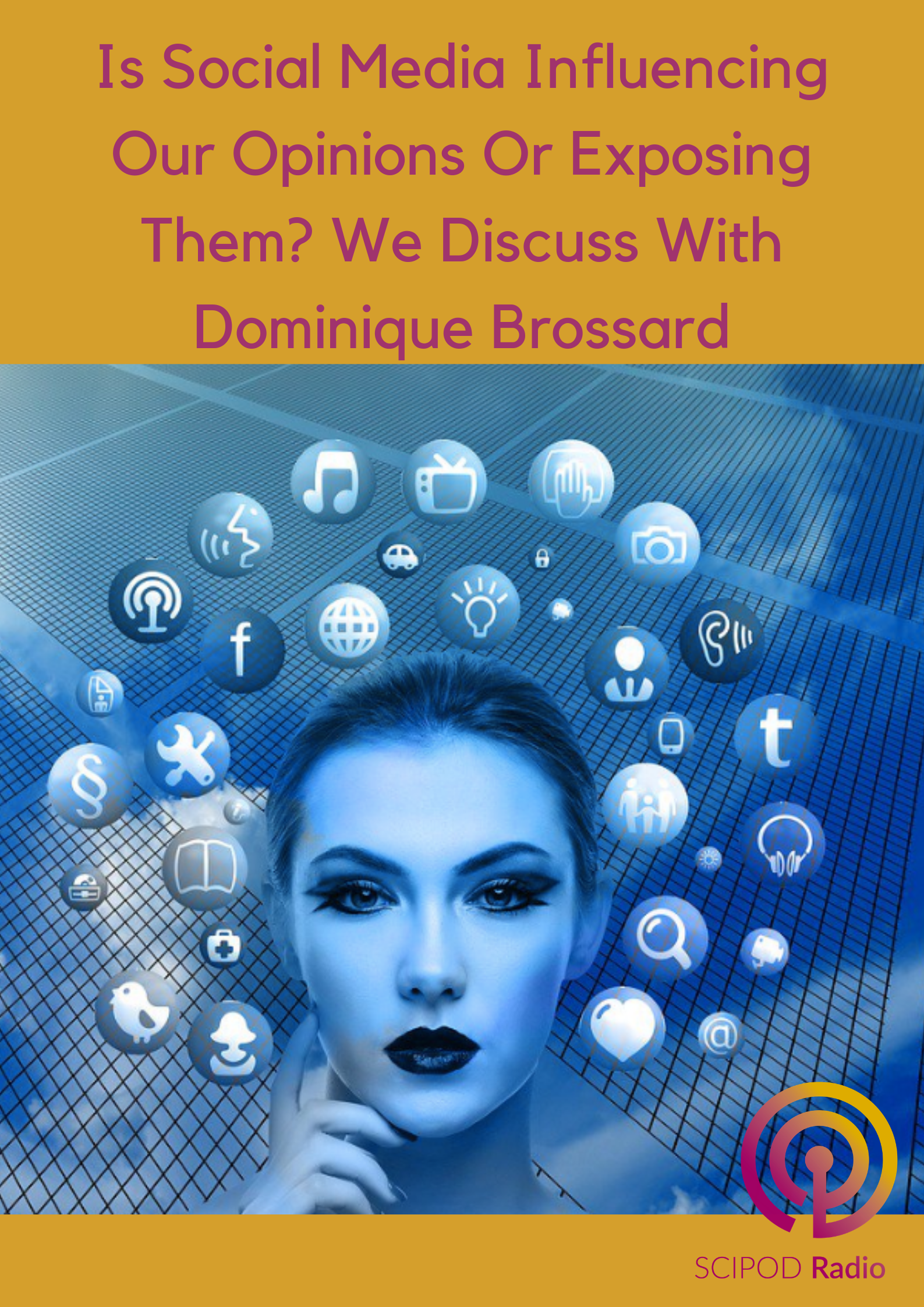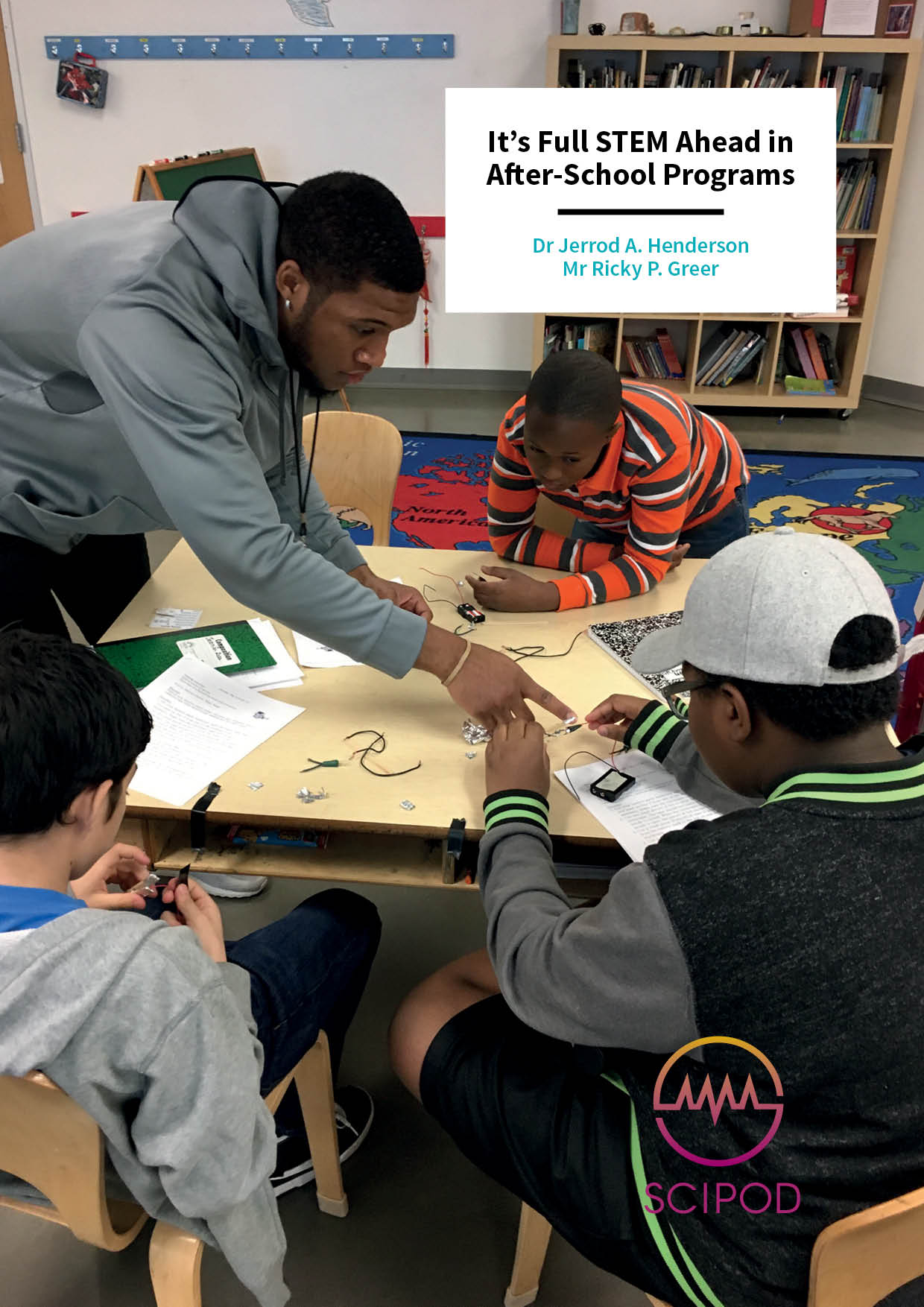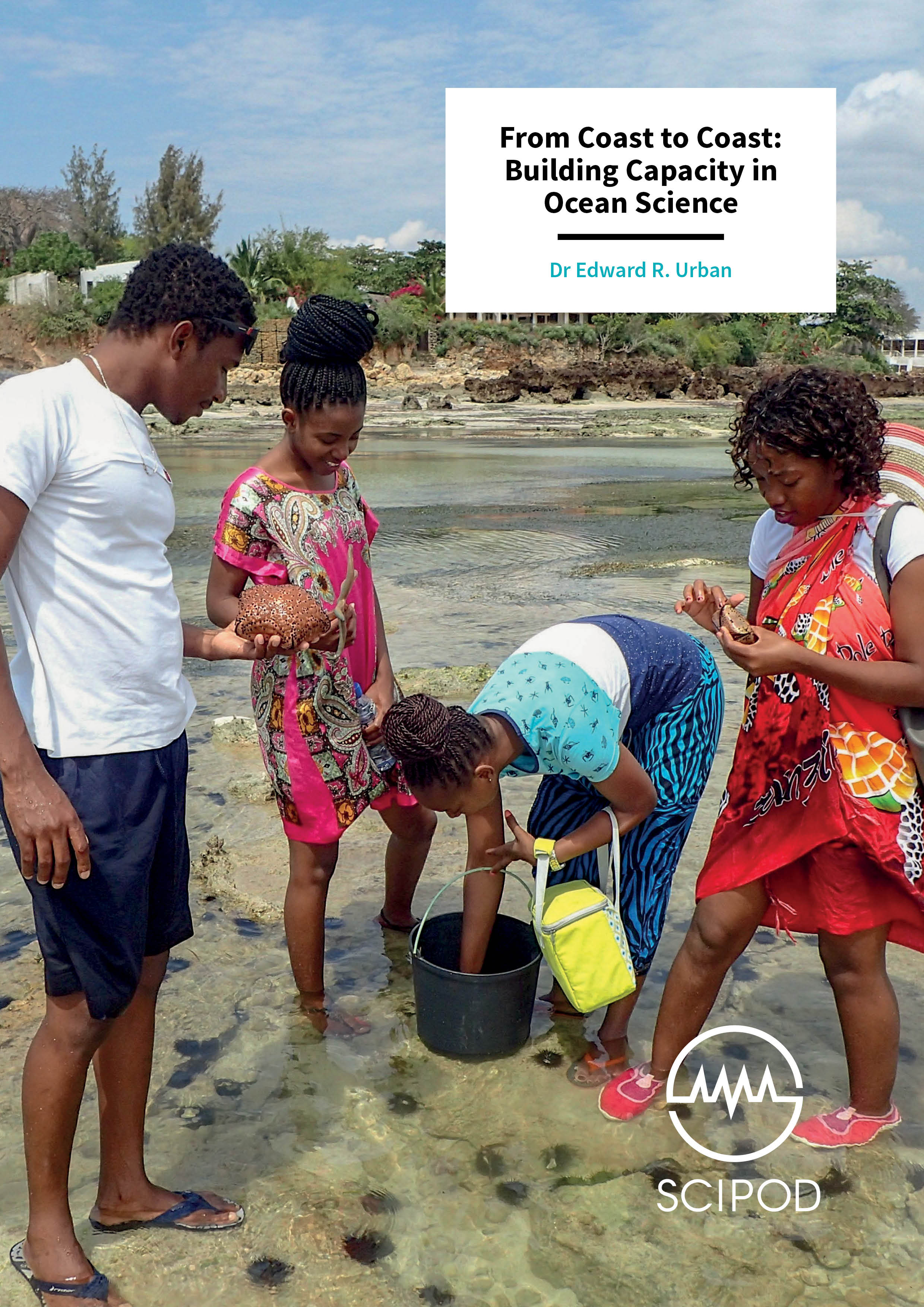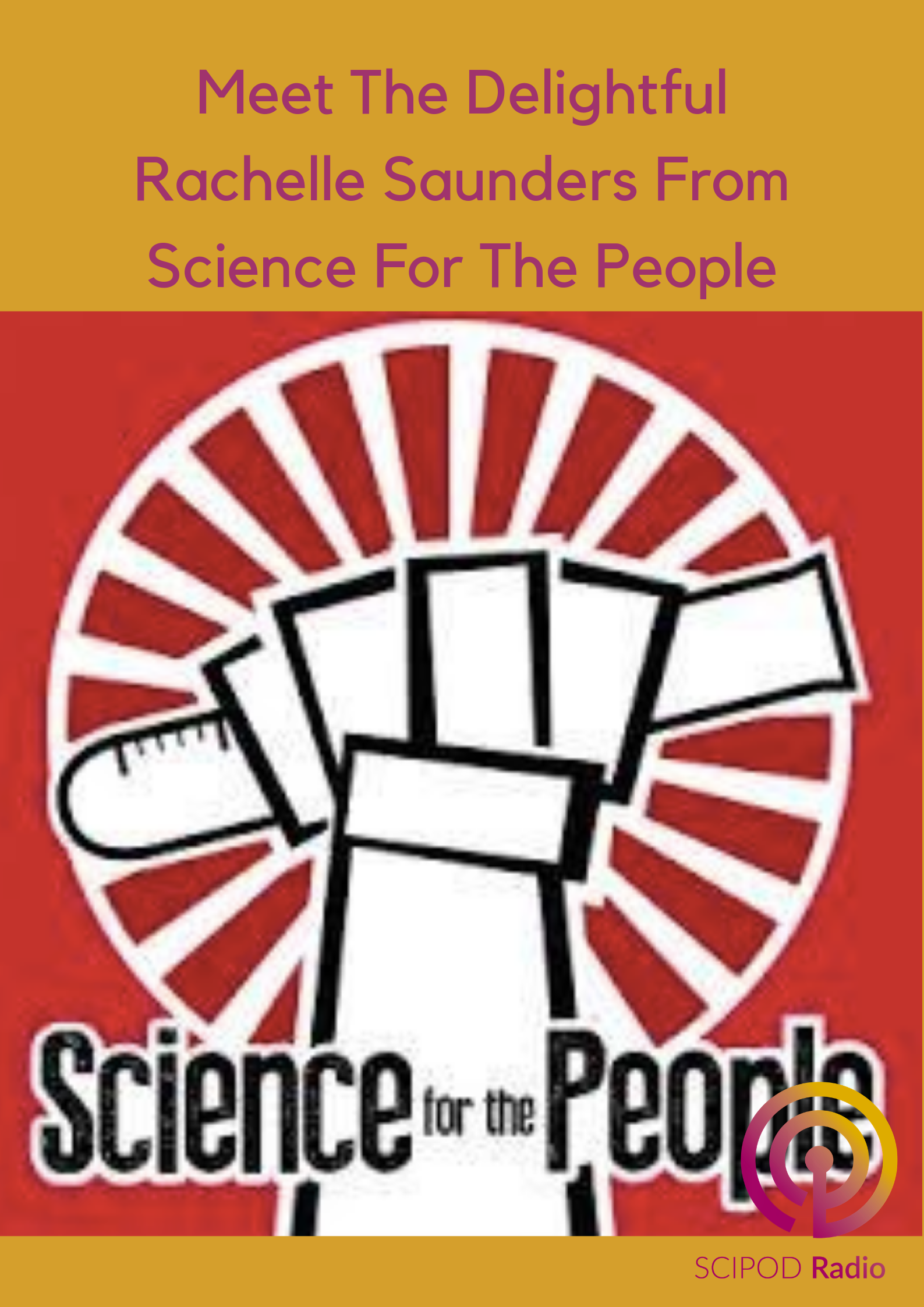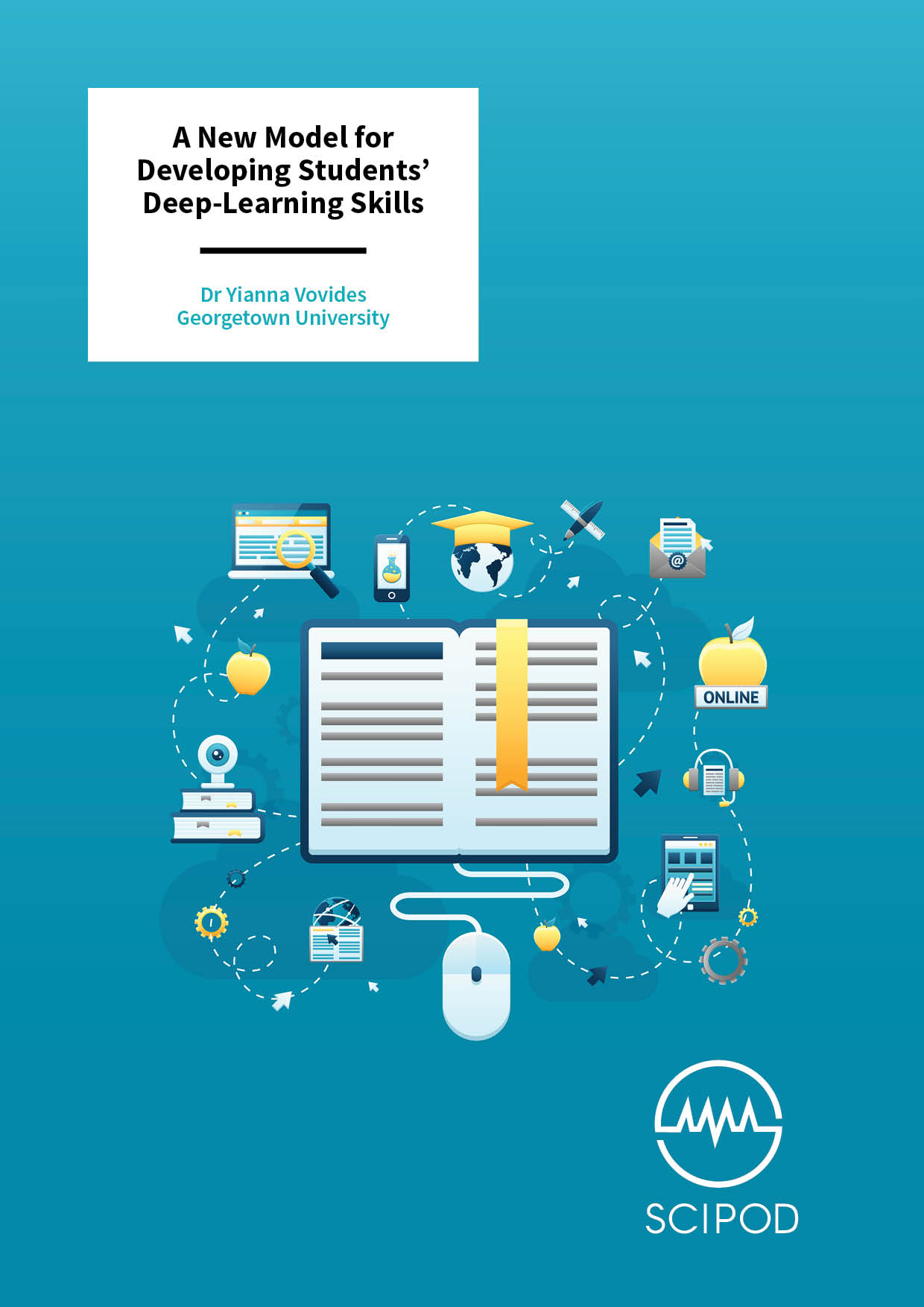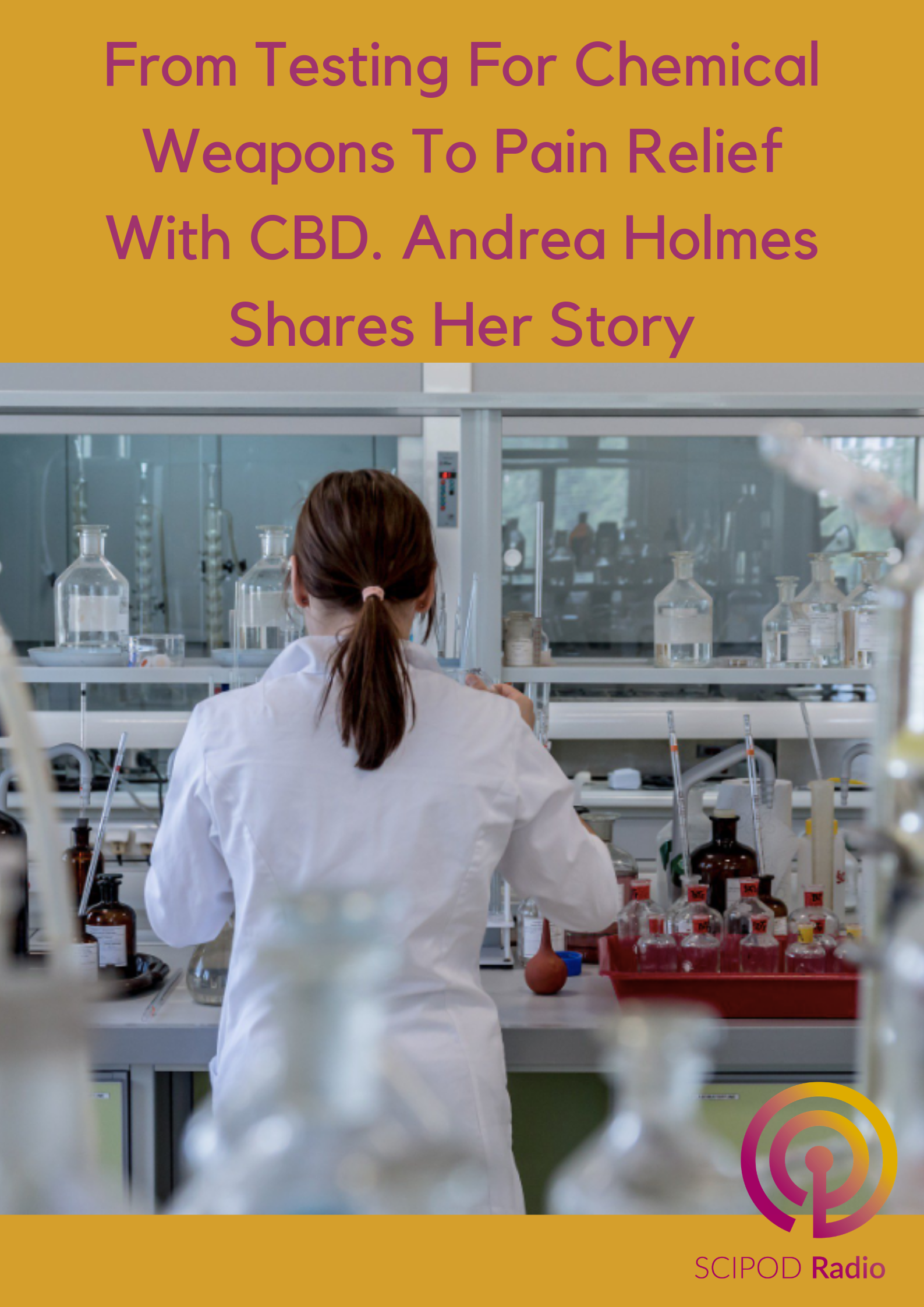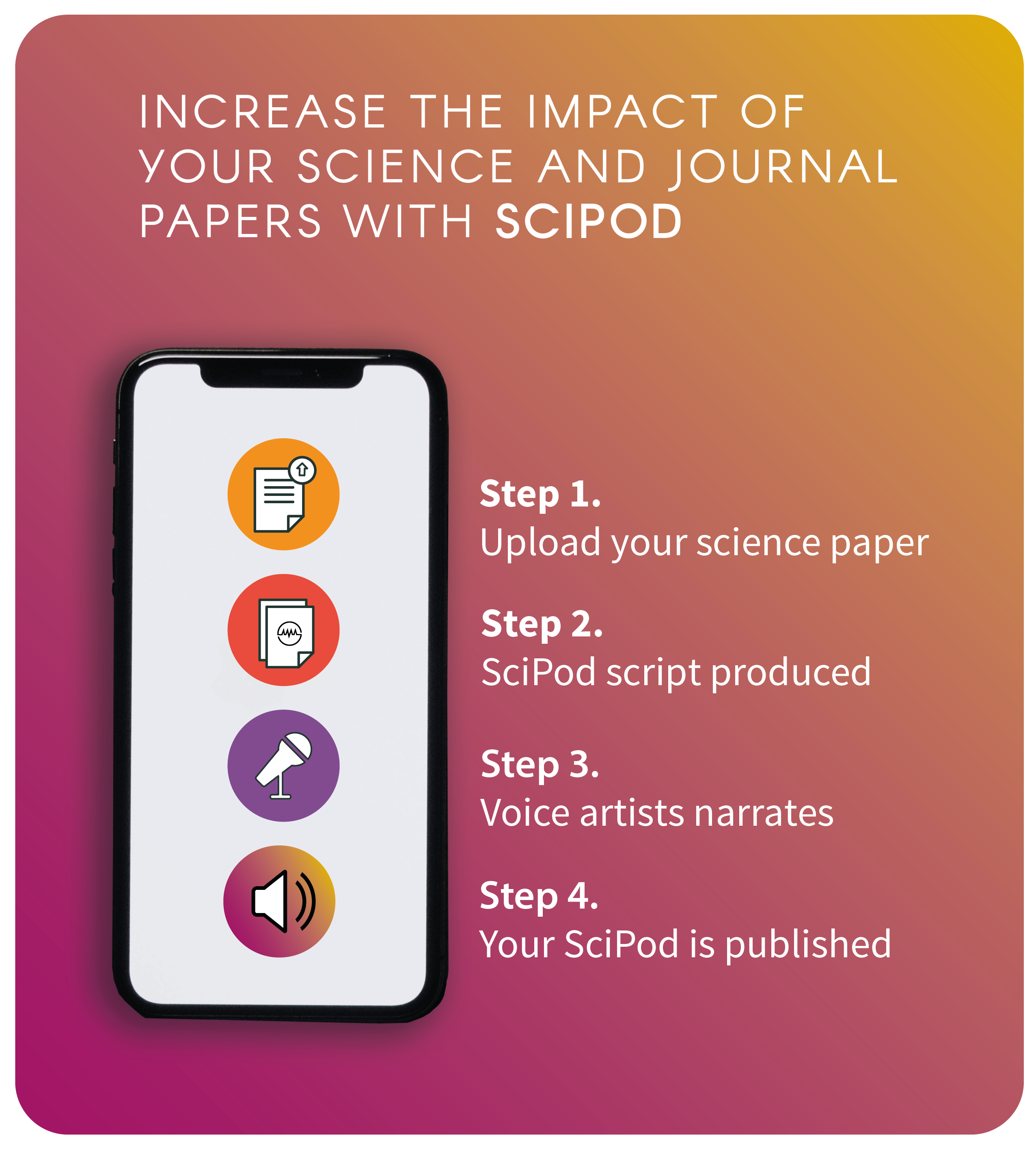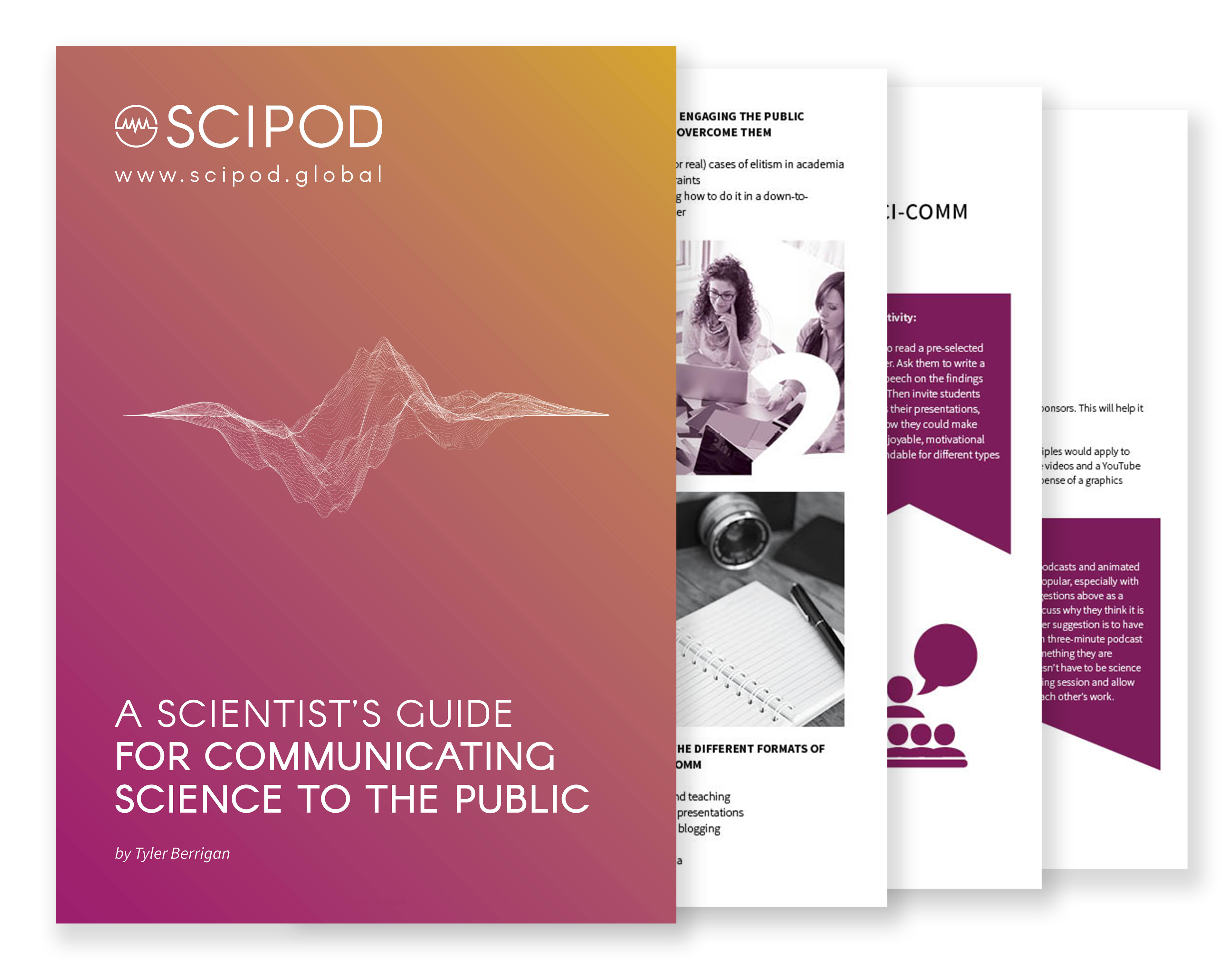Welcome to SciComm Radio
An exclusive interview series with leading scientists and science communicators
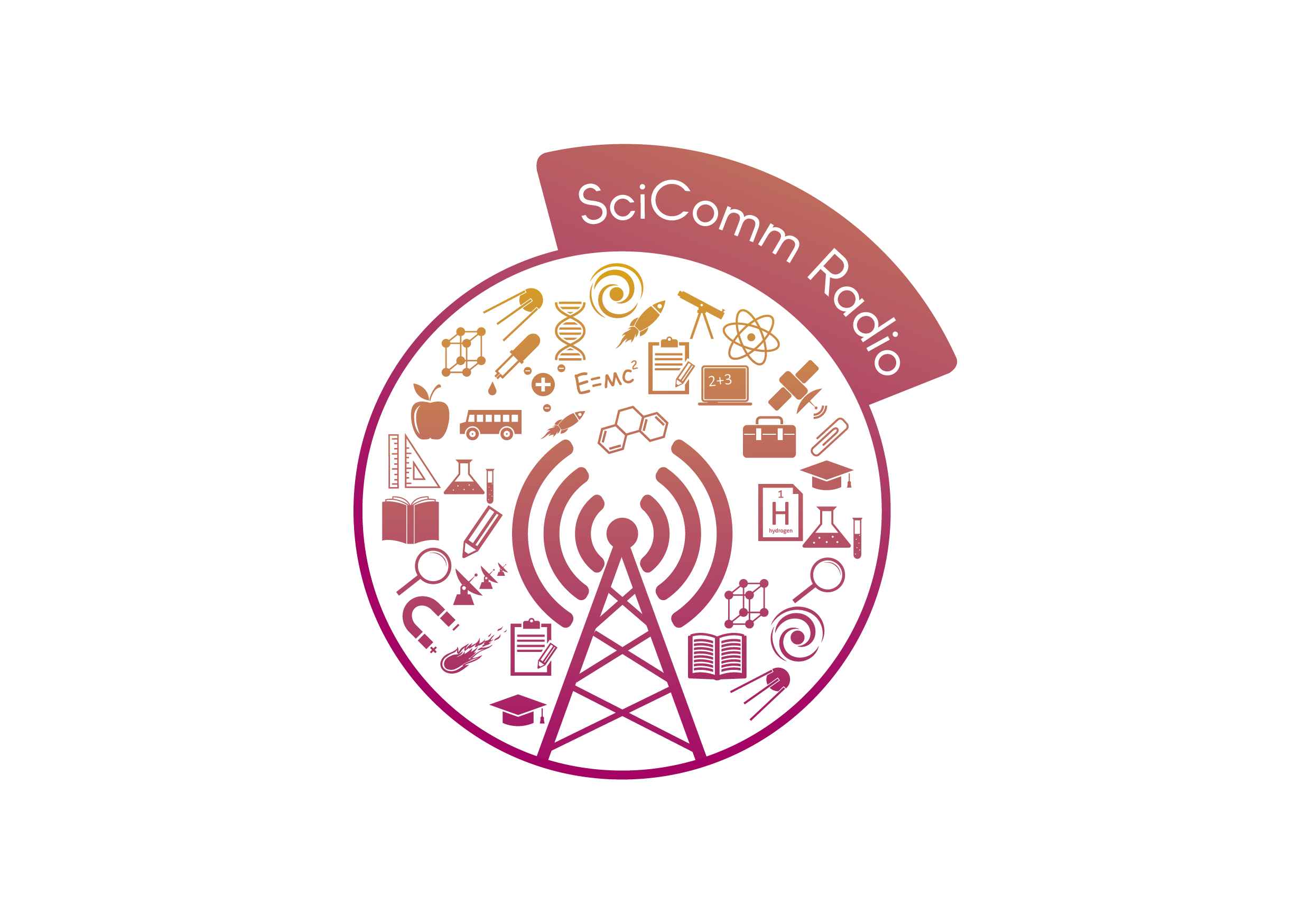
Click Below To Listen To A SciPod Radio Episode
Killers and Builders: The Diverse Roles of Our Immune System – Dr Luca Parisi, University of Milan
Killers and Builders: The Diverse Roles of Our Immune System – Dr Luca Parisi, University of Milan
Original Article Reference:
This SciPod is a summary of the paper ‘Macrophage polarization in chronic inflammatory diseases: killers or builders’, published in the Journal of Immunology Research, a Hindawi journal. https://doi.org/10.1155/2018/8917804
Share Episode
About this episode
Immune cells known as macrophages defend the body from infections by killing invading microbes. However, they are also capable of repairing and remodelling tissue after infection or injury. The balance of ‘killing’ and ‘building’ macrophages is carefully controlled in the body, but can be skewed at sites of chronic inflammation, such as tumours. In a recent review, Dr Luca Parisi and his colleagues at the University of Milan and the University of Insubria in Italy, examine the role of these versatile immune cells in chronic disease.
This work is licensed under a Creative Commons Attribution 4.0 International License. 
What does this mean?
Share: You can copy and redistribute the material in any medium
or format
Adapt: You can change, and build upon the material for any
purpose, even commercially.
Credit: You must give appropriate credit, provide a link to the
license, and indicate if changes were made.
Related episodes
Increase the impact of your research
• Good science communication helps people make informed decisions and motivates them to take appropriate and affirmative action.
• Good science communication encourages everyday people to be scientifically literate so that they can analyse the integrity and legitimacy of information.
• Good science communication encourages people into STEM-related fields of study and employment.
• Good public science communication fosters a community around research that includes both members of the public, policymakers and scientists.
• In a recent survey, 75% of people suggested they would prefer to listen to an interesting story than read it.
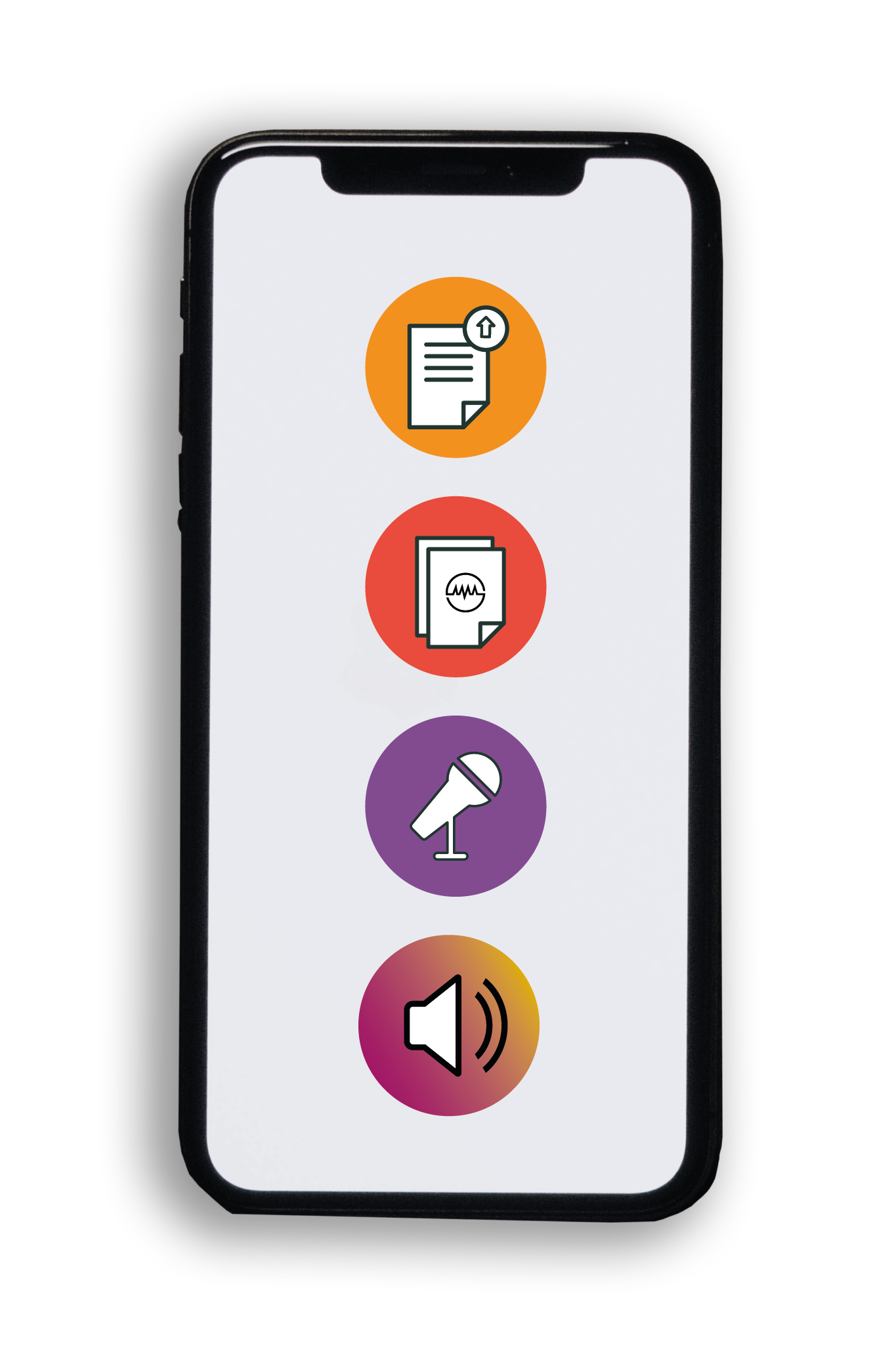
Step 1
Upload your science paper
Step 2
SciPod script written
Step 3
Voice audio recorded
Step 4
SciPod published
Recycling Braking Energy Using Big Data for Efficient Electric Cars – Dr Ronghui Zhang, Sun Yat-sen University
Recycling Braking Energy Using Big Data for Efficient Electric Cars – Dr Ronghui Zhang, Sun Yat-sen University
Original Article Reference:
This SciPod is a summary of the paper ‘Energy Recovery Strategy Numerical Simulation for Dual Axle Drive Pure Electric Vehicle Based on Motor Loss Model and Big Data Calculation’ in Complexity, a Hindawi journal. https://doi.org/10.1155/2018/4071743
Share Episode
About this episode
Electric vehicles may be championed as an essential component of a decarbonised economy, but there is still a long road ahead before they can become widely accessible to all drivers. Dr Ronghui Zhang and colleagues at Sun Yat-sen University in China are exploring one way in which this transition could be accelerated, through more sophisticated techniques for recycling the abundant energy released in braking. With the smart use of big data, the researchers believe that the amount of energy recaptured in this process can be maximised, without sacrificing the safety or comfort of the driver.
This work is licensed under a Creative Commons Attribution 4.0 International License. 
What does this mean?
Share: You can copy and redistribute the material in any medium
or format
Adapt: You can change, and build upon the material for any
purpose, even commercially.
Credit: You must give appropriate credit, provide a link to the
license, and indicate if changes were made.
Related episodes
Increase the impact of your research
• Good science communication encourages everyday people to be scientifically literate so that they can analyse the integrity and legitimacy of information.
• Good science communication encourages people into STEM-related fields of study and employment.
• Good public science communication fosters a community around research that includes both members of the public, policymakers and scientists.
• In a recent survey, 75% of people suggested they would prefer to listen to an interesting story than read it.

Upload your science paper
Step 2
SciPod script written
Step 3
Voice audio recorded
Step 4
SciPod published
Diabetes and Oral Health: Maximising Patient Well-Being – Dr Luca Fiorillo, University of Messina
Diabetes and Oral Health: Maximising Patient Well-Being – Dr Luca Fiorillo, University of Messina
Original Article Reference:
This SciPod is a summary of the paper ‘Diabetes: Oral Health Related Quality of Life and Oral Alterations’, from BioMed Research International, a Hindawi journal. https://doi.org/10.1155/2019/5907195
Share Episode
About this episode
This work is licensed under a Creative Commons Attribution 4.0 International License. 
What does this mean?
Share: You can copy and redistribute the material in any medium
or format
Adapt: You can change, and build upon the material for any
purpose, even commercially.
Credit: You must give appropriate credit, provide a link to the
license, and indicate if changes were made.
Related episodes
Increase the impact of your research
• Good science communication encourages everyday people to be scientifically literate so that they can analyse the integrity and legitimacy of information.
• Good science communication encourages people into STEM-related fields of study and employment.
• Good public science communication fosters a community around research that includes both members of the public, policymakers and scientists.
• In a recent survey, 75% of people suggested they would prefer to listen to an interesting story than read it.

Upload your science paper
Step 2
SciPod script written
Step 3
Voice audio recorded
Step 4
SciPod published
Understanding the Antioxidant Boom: Trend or Treatment? – Dr Andy Wai Kan Yeung, University of Hong Kong
Understanding the Antioxidant Boom: Trend or Treatment? – Dr Andy Wai Kan Yeung, University of Hong Kong
Original Article Reference
This SciPod is a summary of the paper ‘Antioxidants: Scientific Literature Landscape Analysis’, published in Oxidative Medicine and Cellular Longevity, a Hindawi journal. https://doi.org/10.1155/2019/8278454
Share Episode
About this episode
Recent studies have suggested that dietary intake of antioxidants could reduce the risk of diseases including coronary heart disease, diabetes, and Alzheimer’s disease. These studies are based on a long history of research into antioxidants, stretching back to the 1950s. In a recent review, Dr Andy Wai Kan Yeung at the University of Hong Kong and his colleagues examine the growth of the recent scientific literature concerning antioxidants to better understand how the scientific focus on these potential therapeutic molecules has changed over time.
This work is licensed under a Creative Commons Attribution 4.0 International License. 
What does this mean?
Share: You can copy and redistribute the material in any medium
or format
Adapt: You can change, and build upon the material for any
purpose, even commercially.
Credit: You must give appropriate credit, provide a link to the
license, and indicate if changes were made.
Related episodes
Increase the impact of your research
• Good science communication encourages everyday people to be scientifically literate so that they can analyse the integrity and legitimacy of information.
• Good science communication encourages people into STEM-related fields of study and employment.
• Good public science communication fosters a community around research that includes both members of the public, policymakers and scientists.
• In a recent survey, 75% of people suggested they would prefer to listen to an interesting story than read it.

Upload your science paper
Step 2
SciPod script written
Step 3
Voice audio recorded
Step 4
SciPod published
The Brain, The Body And Mathematics – Dr Korbinian Moeller, Leibniz – Institut Für Wissensmedien
The Brain, The Body And Mathematics – Dr Korbinian Moeller, Leibniz – Institut Für Wissensmedien
Original Article Reference:
https://doi.org/10.33548/SCIENTIA389
Share Episode
About this episode
This work is licensed under a Creative Commons Attribution 4.0 International License. 
What does this mean?
Share: You can copy and redistribute the material in any medium
or format
Adapt: You can change, and build upon the material for any
purpose, even commercially.
Credit: You must give appropriate credit, provide a link to the
license, and indicate if changes were made.
Related episodes
Increase the impact of your research
• Good science communication encourages everyday people to be scientifically literate so that they can analyse the integrity and legitimacy of information.
• Good science communication encourages people into STEM-related fields of study and employment.
• Good public science communication fosters a community around research that includes both members of the public, policymakers and scientists.
• In a recent survey, 75% of people suggested they would prefer to listen to an interesting story than read it.

Upload your science paper
Step 2
SciPod script written
Step 3
Voice audio recorded
Step 4
SciPod published
Lifting Brain Fog – Professor Etienne Sibille and Professor James Cook
Lifting Brain Fog – Professor Etienne Sibille and Professor James Cook
Original Article Reference
https://doi.org/10.33548/SCIENTIA384
Share Episode
About this episode
This work is licensed under a Creative Commons Attribution 4.0 International License. 
What does this mean?
Share: You can copy and redistribute the material in any medium
or format
Adapt: You can change, and build upon the material for any
purpose, even commercially.
Credit: You must give appropriate credit, provide a link to the
license, and indicate if changes were made.
Related episodes
Increase the impact of your research
• Good science communication encourages everyday people to be scientifically literate so that they can analyse the integrity and legitimacy of information.
• Good science communication encourages people into STEM-related fields of study and employment.
• Good public science communication fosters a community around research that includes both members of the public, policymakers and scientists.
• In a recent survey, 75% of people suggested they would prefer to listen to an interesting story than read it.

Upload your science paper
Step 2
SciPod script written
Step 3
Voice audio recorded
Step 4
SciPod published
A Holistic Approach to Improving Dairy Farming – Dr Amber Adams-Progar, Washington State University
A Holistic Approach to Improving Dairy Farming – Dr Amber Adams-Progar, Washington State University
Original Article Reference
https://doi.org/10.33548/SCIENTIA398
Share Episode
About this episode
This work is licensed under a Creative Commons Attribution 4.0 International License. 
What does this mean?
Share: You can copy and redistribute the material in any medium
or format
Adapt: You can change, and build upon the material for any
purpose, even commercially.
Credit: You must give appropriate credit, provide a link to the
license, and indicate if changes were made.
Related episodes
Increase the impact of your research
• Good science communication encourages everyday people to be scientifically literate so that they can analyse the integrity and legitimacy of information.
• Good science communication encourages people into STEM-related fields of study and employment.
• Good public science communication fosters a community around research that includes both members of the public, policymakers and scientists.
• In a recent survey, 75% of people suggested they would prefer to listen to an interesting story than read it.

Upload your science paper
Step 2
SciPod script written
Step 3
Voice audio recorded
Step 4
SciPod published
The Role Of Nanoparticles In Neuroscience – Dr Elizabeth Nance, University Of Washington
The Role Of Nanoparticles In Neuroscience – Dr Elizabeth Nance, University Of Washington
Original Article Reference:
https://doi.org/10.33548/SCIENTIA383
Share Episode
About this episode
This work is licensed under a Creative Commons Attribution 4.0 International License. 
What does this mean?
Share: You can copy and redistribute the material in any medium
or format
Adapt: You can change, and build upon the material for any
purpose, even commercially.
Credit: You must give appropriate credit, provide a link to the
license, and indicate if changes were made.
Related episodes
Increase the impact of your research
• Good science communication encourages everyday people to be scientifically literate so that they can analyse the integrity and legitimacy of information.
• Good science communication encourages people into STEM-related fields of study and employment.
• Good public science communication fosters a community around research that includes both members of the public, policymakers and scientists.
• In a recent survey, 75% of people suggested they would prefer to listen to an interesting story than read it.

Upload your science paper
Step 2
SciPod script written
Step 3
Voice audio recorded
Step 4
SciPod published
Tomography: An Innovative Technique for Assessing Forest Carbon Storage
Tomography: An Innovative Technique for Assessing Forest Carbon Storage
Original Article Reference:
https://doi.org/10.33548/SCIENTIA378
Share Episode
About this episode
This work is licensed under a Creative Commons Attribution 4.0 International License. 
What does this mean?
Share: You can copy and redistribute the material in any medium
or format
Adapt: You can change, and build upon the material for any
purpose, even commercially.
Credit: You must give appropriate credit, provide a link to the
license, and indicate if changes were made.
Related episodes
Increase the impact of your research
• Good science communication encourages everyday people to be scientifically literate so that they can analyse the integrity and legitimacy of information.
• Good science communication encourages people into STEM-related fields of study and employment.
• Good public science communication fosters a community around research that includes both members of the public, policymakers and scientists.
• In a recent survey, 75% of people suggested they would prefer to listen to an interesting story than read it.

Upload your science paper
Step 2
SciPod script written
Step 3
Voice audio recorded
Step 4
SciPod published
Flying Sea Snails as Potential Indicators of Ocean Acidification – Dr Jeannette Yen, Georgia Institute of Technology
Flying Sea Snails as Potential Indicators of Ocean Acidification – Dr Jeannette Yen, Georgia Institute of Technology
Original Article Reference
https://doi.org/10.33548/SCIENTIA359
Share Episode
About this episode
This work is licensed under a Creative Commons Attribution 4.0 International License. 
What does this mean?
Share: You can copy and redistribute the material in any medium
or format
Adapt: You can change, and build upon the material for any
purpose, even commercially.
Credit: You must give appropriate credit, provide a link to the
license, and indicate if changes were made.
Related episodes
Increase the impact of your research
• Good science communication encourages everyday people to be scientifically literate so that they can analyse the integrity and legitimacy of information.
• Good science communication encourages people into STEM-related fields of study and employment.
• Good public science communication fosters a community around research that includes both members of the public, policymakers and scientists.
• In a recent survey, 75% of people suggested they would prefer to listen to an interesting story than read it.

Upload your science paper
Step 2
SciPod script written
Step 3
Voice audio recorded
Step 4
SciPod published
A New Technique for Targeted Prostate Cancer Biopsies – Dr Baowei Fei, UT Dallas and UT Southwestern Medical Center
A New Technique for Targeted Prostate Cancer Biopsies – Dr Baowei Fei, UT Dallas and UT Southwestern Medical Center
Original Article Reference
https://doi.org/10.33548/SCIENTIA367
Share Episode
About this episode
This work is licensed under a Creative Commons Attribution 4.0 International License. 
What does this mean?
Share: You can copy and redistribute the material in any medium
or format
Adapt: You can change, and build upon the material for any
purpose, even commercially.
Credit: You must give appropriate credit, provide a link to the
license, and indicate if changes were made.
Related episodes
Increase the impact of your research
• Good science communication encourages everyday people to be scientifically literate so that they can analyse the integrity and legitimacy of information.
• Good science communication encourages people into STEM-related fields of study and employment.
• Good public science communication fosters a community around research that includes both members of the public, policymakers and scientists.
• In a recent survey, 75% of people suggested they would prefer to listen to an interesting story than read it.

Upload your science paper
Step 2
SciPod script written
Step 3
Voice audio recorded
Step 4
SciPod published
Leveraging New Technologies to Treat Brain Injury – Mark D’Esposito, MD, University of California, Berkeley
Leveraging New Technologies to Treat Brain Injury – Mark D’Esposito, MD, University of California, Berkeley
Original Article Reference
https://doi.org/10.33548/SCIENTIA368
Share Episode
About this episode
The brain is the most mysterious organ in the human body – despite decades of research, we have just begun to scratch the surface in understanding how the brain works and how we can help it to heal following an injury. Professor Mark D’Esposito of the University of California, Berkeley, uses advanced imaging technology to illuminate how the connections in our brain function in order to find new ways to aid brain healing after injury.
This work is licensed under a Creative Commons Attribution 4.0 International License. 
What does this mean?
Share: You can copy and redistribute the material in any medium
or format
Adapt: You can change, and build upon the material for any
purpose, even commercially.
Credit: You must give appropriate credit, provide a link to the
license, and indicate if changes were made.
Related episodes
Increase the impact of your research
• Good science communication encourages everyday people to be scientifically literate so that they can analyse the integrity and legitimacy of information.
• Good science communication encourages people into STEM-related fields of study and employment.
• Good public science communication fosters a community around research that includes both members of the public, policymakers and scientists.
• In a recent survey, 75% of people suggested they would prefer to listen to an interesting story than read it.

Upload your science paper
Step 2
SciPod script written
Step 3
Voice audio recorded
Step 4
SciPod published
Unravelling the Mysteries of Working Memory – Mark D’Esposito, MD, University of California, Berkeley
Unravelling the Mysteries of Working Memory – Mark D’Esposito, MD, University of California, Berkeley
Original Article Reference
Share Episode
About this episode
To accomplish even a simple goal, our brain must coordinate thousands of pieces of information, remember which parts are relevant, and ignore anything that is extraneous. Professor Mark D’Esposito of the University of California, Berkeley, studies how different parts of the brain work together to create working memory, the cognitive system that temporarily and actively holds information in mind allowing us to complete complex tasks.
This work is licensed under a Creative Commons Attribution 4.0 International License. 
What does this mean?
Share: You can copy and redistribute the material in any medium
or format
Adapt: You can change, and build upon the material for any
purpose, even commercially.
Credit: You must give appropriate credit, provide a link to the
license, and indicate if changes were made.
Related episodes
Increase the impact of your research
• Good science communication encourages everyday people to be scientifically literate so that they can analyse the integrity and legitimacy of information.
• Good science communication encourages people into STEM-related fields of study and employment.
• Good public science communication fosters a community around research that includes both members of the public, policymakers and scientists.
• In a recent survey, 75% of people suggested they would prefer to listen to an interesting story than read it.

Upload your science paper
Step 2
SciPod script written
Step 3
Voice audio recorded
Step 4
SciPod published
Understanding Fear in Animals – Professor Jeansok Kim, University of Washington
Understanding Fear in Animals – Professor Jeansok Kim, University of Washington
Original Article Reference
https://doi.org/10.33548/SCIENTIA372
Share Episode
About this episode
This work is licensed under a Creative Commons Attribution 4.0 International License. 
What does this mean?
Share: You can copy and redistribute the material in any medium
or format
Adapt: You can change, and build upon the material for any
purpose, even commercially.
Credit: You must give appropriate credit, provide a link to the
license, and indicate if changes were made.
Related episodes
Increase the impact of your research
• Good science communication encourages everyday people to be scientifically literate so that they can analyse the integrity and legitimacy of information.
• Good science communication encourages people into STEM-related fields of study and employment.
• Good public science communication fosters a community around research that includes both members of the public, policymakers and scientists.
• In a recent survey, 75% of people suggested they would prefer to listen to an interesting story than read it.

Upload your science paper
Step 2
SciPod script written
Step 3
Voice audio recorded
Step 4
SciPod published
Understanding Lassa virus – Dr Matthew Boisen, Zalgen Labs
Understanding Lassa virus – Dr Matthew Boisen, Zalgen Labs
Original Article Reference
Share Episode
About this episode
This work is licensed under a Creative Commons Attribution 4.0 International License. 
What does this mean?
Share: You can copy and redistribute the material in any medium
or format
Adapt: You can change, and build upon the material for any
purpose, even commercially.
Credit: You must give appropriate credit, provide a link to the
license, and indicate if changes were made.
Related episodes
Increase the impact of your research
• Good science communication encourages everyday people to be scientifically literate so that they can analyse the integrity and legitimacy of information.
• Good science communication encourages people into STEM-related fields of study and employment.
• Good public science communication fosters a community around research that includes both members of the public, policymakers and scientists.
• In a recent survey, 75% of people suggested they would prefer to listen to an interesting story than read it.

Upload your science paper
Step 2
SciPod script written
Step 3
Voice audio recorded
Step 4
SciPod published
Tailoring Cannabis to Create Medicine for the Masses – Dr Andrea E. Holmes, Precision Plant Molecules
Tailoring Cannabis to Create Medicine for the Masses – Dr Andrea E. Holmes, Precision Plant Molecules
Original Article Reference
https://doi.org/10.33548/SCIENTIA357
Share Episode
About this episode
This work is licensed under a Creative Commons Attribution 4.0 International License. 
What does this mean?
Share: You can copy and redistribute the material in any medium
or format
Adapt: You can change, and build upon the material for any
purpose, even commercially.
Credit: You must give appropriate credit, provide a link to the
license, and indicate if changes were made.
Related episodes
Increase the impact of your research
• Good science communication encourages everyday people to be scientifically literate so that they can analyse the integrity and legitimacy of information.
• Good science communication encourages people into STEM-related fields of study and employment.
• Good public science communication fosters a community around research that includes both members of the public, policymakers and scientists.
• In a recent survey, 75% of people suggested they would prefer to listen to an interesting story than read it.

Upload your science paper
Step 2
SciPod script written
Step 3
Voice audio recorded
Step 4
SciPod published
Protecting the Brain – Dr Mary Logan Dr Sean Speese, Oregon Health and Science University
Protecting the Brain – Dr Mary Logan Dr Sean Speese, Oregon Health and Science University
Original Article Reference
https://doi.org/10.33548/SCIENTIA362
Share Episode
About this episode
This work is licensed under a Creative Commons Attribution 4.0 International License. 
What does this mean?
Share: You can copy and redistribute the material in any medium
or format
Adapt: You can change, and build upon the material for any
purpose, even commercially.
Credit: You must give appropriate credit, provide a link to the
license, and indicate if changes were made.
Related episodes
Increase the impact of your research
• Good science communication encourages everyday people to be scientifically literate so that they can analyse the integrity and legitimacy of information.
• Good science communication encourages people into STEM-related fields of study and employment.
• Good public science communication fosters a community around research that includes both members of the public, policymakers and scientists.
• In a recent survey, 75% of people suggested they would prefer to listen to an interesting story than read it.

Upload your science paper
Step 2
SciPod script written
Step 3
Voice audio recorded
Step 4
SciPod published
Improving Milk Quality from the Farm to the Table – Professor Ronald Erskine, Michigan State University
Improving Milk Quality from the Farm to the Table – Professor Ronald Erskine, Michigan State University
Original Article Reference
https://doi.org/10.33548/SCIENTIA359
Share Episode
About this episode
This work is licensed under a Creative Commons Attribution 4.0 International License. 
What does this mean?
Share: You can copy and redistribute the material in any medium
or format
Adapt: You can change, and build upon the material for any
purpose, even commercially.
Credit: You must give appropriate credit, provide a link to the
license, and indicate if changes were made.
Related episodes
Increase the impact of your research
• Good science communication encourages everyday people to be scientifically literate so that they can analyse the integrity and legitimacy of information.
• Good science communication encourages people into STEM-related fields of study and employment.
• Good public science communication fosters a community around research that includes both members of the public, policymakers and scientists.
• In a recent survey, 75% of people suggested they would prefer to listen to an interesting story than read it.

Upload your science paper
Step 2
SciPod script written
Step 3
Voice audio recorded
Step 4
SciPod published
Traditional Equilibrium Models Lead to Inaccurate Predictions – Dr Yousef Haseli, Central Michigan University
Traditional Equilibrium Models Lead to Inaccurate Predictions – Dr Yousef Haseli, Central Michigan University
Original Article Reference
https://doi.org/10.1016/j.ijhydene.2019.01.130
Share Episode
About this episode
This work is licensed under a Creative Commons Attribution 4.0 International License. 
What does this mean?
Share: You can copy and redistribute the material in any medium
or format
Adapt: You can change, and build upon the material for any
purpose, even commercially.
Credit: You must give appropriate credit, provide a link to the
license, and indicate if changes were made.
Related episodes
Increase the impact of your research
• Good science communication encourages everyday people to be scientifically literate so that they can analyse the integrity and legitimacy of information.
• Good science communication encourages people into STEM-related fields of study and employment.
• Good public science communication fosters a community around research that includes both members of the public, policymakers and scientists.
• In a recent survey, 75% of people suggested they would prefer to listen to an interesting story than read it.

Upload your science paper
Step 2
SciPod script written
Step 3
Voice audio recorded
Step 4
SciPod published
The Hidden Truths Of Machine Learning With Zack Lipton
The Hidden Truths Of Machine Learning With Zack Lipton
This week we discuss the hidden truths of machine learning, and how this new technology could undermine democracy as we know it, but is that even so bad…
Resources mentioned:
Zack’s website: http://zacklipton.com/
Zack’s Twitter: https://twitter.com/zacharylipton
More SciPod Radio episodes you may like
Join Our 7 part mini-series to guide you through creating a successful outreach and impact campaign called:
“Improving Science Communication And Impact: How To Get Your Research Heard”
The Evolution Of Science Journalism With Andy Ridgway – An Award Winning Journalist
The Evolution Of Science Journalism With Andy Ridgway – An Award Winning Journalist
This week we speak with Andy Ridgway, an award-winning journalist, he has spent nearly 20 years in the profession, most recently as Deputy Editor of BBC Focus and then launch Editor of Science Uncovered. We discuss the impact the internet, and notably, social media is having on the science journalism world. What’s changed, and importantly, what hasn’t.
Resources mentioned:
Andy’s university profile and contact information:https://people.uwe.ac.uk/Person/AndyRidgway
More SciPod Radio episodes you may like
Join Our 7 part mini-series to guide you through creating a successful outreach and impact campaign called:
“Improving Science Communication And Impact: How To Get Your Research Heard”
Astym Therapy – An Effective Treatment for Painful Scar Tissue
Astym Therapy – An Effective Treatment for Painful Scar Tissue
Original Article Reference
http://dx.doi.org/10.21037/atm.2018.11.49
Share Episode
About this episode
This work is licensed under a Creative Commons Attribution 4.0 International License. 
What does this mean?
Share: You can copy and redistribute the material in any medium
or format
Adapt: You can change, and build upon the material for any
purpose, even commercially.
Credit: You must give appropriate credit, provide a link to the
license, and indicate if changes were made.
Related episodes
Increase the impact of your research
• Good science communication encourages everyday people to be scientifically literate so that they can analyse the integrity and legitimacy of information.
• Good science communication encourages people into STEM-related fields of study and employment.
• Good public science communication fosters a community around research that includes both members of the public, policymakers and scientists.
• In a recent survey, 75% of people suggested they would prefer to listen to an interesting story than read it.

Upload your science paper
Step 2
SciPod script written
Step 3
Voice audio recorded
Step 4
SciPod published
Harnessing Genomics for Disease Resistance in Cucumbers, Melons and Squashes – Dr Rebecca Grumet, Michigan State University
Harnessing Genomics for Disease Resistance in Cucumbers, Melons and Squashes – Dr Rebecca Grumet, Michigan State University
Original Article Reference
https://doi.org/10.33548/SCIENTIA353
Share Episode
About this episode
This work is licensed under a Creative Commons Attribution 4.0 International License. 
What does this mean?
Share: You can copy and redistribute the material in any medium
or format
Adapt: You can change, and build upon the material for any
purpose, even commercially.
Credit: You must give appropriate credit, provide a link to the
license, and indicate if changes were made.
Related episodes
Increase the impact of your research
• Good science communication encourages everyday people to be scientifically literate so that they can analyse the integrity and legitimacy of information.
• Good science communication encourages people into STEM-related fields of study and employment.
• Good public science communication fosters a community around research that includes both members of the public, policymakers and scientists.
• In a recent survey, 75% of people suggested they would prefer to listen to an interesting story than read it.

Upload your science paper
Step 2
SciPod script written
Step 3
Voice audio recorded
Step 4
SciPod published
Is Social Media Influencing Our Opinions Or Exposing Them? We Discuss With Dominique Brossard
Is Social Media Influencing Our Opinions Or Exposing Them? We Discuss With Dominique Brossard
In this weeks episode, we discuss the good, the bad and the ugly impact social media and other modern communication methods are having on the way we form opinions. We’re joined by Dominique Brossard, an expert on media, science and policy, science and social media, public understanding of science, public attitudes toward controversial science. She sheds light on the impact of modern communication channels.
Resources mentioned:
Dominique’s university profile and contact information:https://experts.news.wisc.edu/experts/dominique-brossard
More SciPods Radio episodes you may like
Join Our 7 part mini-series to guide you through creating a successful outreach and impact campaign called:
“Improving Science Communication And Impact: How To Get Your Research Heard”
It’s Full STEM Ahead in After-School Programs – Dr Jerrod A. Henderson and Mr Ricky P. Greer, University of Houston
It’s Full STEM Ahead in After-School Programs – Dr Jerrod A. Henderson and Mr Ricky P. Greer, University of Houston
Original Article Reference
https://doi.org/10.33548/SCIENTIA347
Share Episode
About this episode
This work is licensed under a Creative Commons Attribution 4.0 International License. 
What does this mean?
Share: You can copy and redistribute the material in any medium
or format
Adapt: You can change, and build upon the material for any
purpose, even commercially.
Credit: You must give appropriate credit, provide a link to the
license, and indicate if changes were made.
Related episodes
Increase the impact of your research
• Good science communication encourages everyday people to be scientifically literate so that they can analyse the integrity and legitimacy of information.
• Good science communication encourages people into STEM-related fields of study and employment.
• Good public science communication fosters a community around research that includes both members of the public, policymakers and scientists.
• In a recent survey, 75% of people suggested they would prefer to listen to an interesting story than read it.

Upload your science paper
Step 2
SciPod script written
Step 3
Voice audio recorded
Step 4
SciPod published
From Coast to Coast Building Capacity in Ocean Science – Dr Edward R. Urban, University of Delaware
From Coast to Coast Building Capacity in Ocean Science – Dr Edward R. Urban, University of Delaware
Original Article Reference
https://doi.org/10.33548/SCIENTIA365
Share Episode
About this episode
This work is licensed under a Creative Commons Attribution 4.0 International License. 
What does this mean?
Share: You can copy and redistribute the material in any medium
or format
Adapt: You can change, and build upon the material for any
purpose, even commercially.
Credit: You must give appropriate credit, provide a link to the
license, and indicate if changes were made.
Related episodes
Increase the impact of your research
• Good science communication encourages everyday people to be scientifically literate so that they can analyse the integrity and legitimacy of information.
• Good science communication encourages people into STEM-related fields of study and employment.
• Good public science communication fosters a community around research that includes both members of the public, policymakers and scientists.
• In a recent survey, 75% of people suggested they would prefer to listen to an interesting story than read it.

Upload your science paper
Step 2
SciPod script written
Step 3
Voice audio recorded
Step 4
SciPod published
Meet The Delightful Rachelle Saunders From Science For The People
Meet The Delightful Rachelle Saunders From Science For The People
In this episode we speak with the delightful and upbeat Rachelle Saunders From Science For The People Podcast and how their podcast is impacting people.
Resources mentioned:
Science For The People website: http://www.scienceforthepeople.ca/
Science For The People Twitter: https://twitter.com/sci4thepeople
Rachelle’s website: http://rachellesaunders.com/
More SciPods Radio episodes you may like
Join Our 7 part mini-series to guide you through creating a successful outreach and impact campaign called:
“Improving Science Communication And Impact: How To Get Your Research Heard”
Oh Dam Look, That Beaver Just Put Out A Forest Fire! With Emily Fairfax
Oh Dam Look, That Beaver Just Put Out A Forest Fire! With Emily Fairfax
Today we talk with Emily Fairfax about beavers. They were almost wiped out through over trapping, but now they’re making a comeback and stopping forest fires in the process… Listen to learn about these amazing animals.
Resources mentioned:
Emily’s website: https://emilyfairfaxscience.com/
Emily’s twitter: https://twitter.com/EmilyFairfax
More SciPods Radio episodes you may like
Join Our 7 part mini-series to guide you through creating a successful outreach and impact campaign called:
“Improving Science Communication And Impact: How To Get Your Research Heard”
A New Model for Developing Students’ Deep-Learning Skills – Dr Yianna Vovides, Georgetown University
A New Model for Developing Students’ Deep-Learning Skills – Dr Yianna Vovides, Georgetown University
Original article reference:
This SciPod is a summary of the paper ‘Elusive learning – using learning analytics to support reflective sensemaking of Ill-Structured ethical problems: A learner-managed dashboard solution’, from Future Internet. https://doi.org/10.3390/fi8020026
Share Episode
About this episode
Online education has recently experienced a surge in popularity, and this trend is set to continue. Through online learning, individuals who are unable to take courses on campus, due to family, work or financial pressures, now have the opportunity to pursue university degrees. However, one shortfall of online education is that it often fails to develop students’ deep-learning skills, which are required for effectively tackling complex problems. In a recent study, Dr Yianna Vovides of Georgetown University investigated this issue.
This work is licensed under a Creative Commons Attribution 4.0 International License. 
What does this mean?
Share: You can copy and redistribute the material in any medium
or format
Adapt: You can change, and build upon the material for any
purpose, even commercially.
Credit: You must give appropriate credit, provide a link to the
license, and indicate if changes were made.
Related episodes
Increase the impact of your research
• Good science communication encourages everyday people to be scientifically literate so that they can analyse the integrity and legitimacy of information.
• Good science communication encourages people into STEM-related fields of study and employment.
• Good public science communication fosters a community around research that includes both members of the public, policymakers and scientists.
• In a recent survey, 75% of people suggested they would prefer to listen to an interesting story than read it.

Upload your science paper
Step 2
SciPod script written
Step 3
Voice audio recorded
Step 4
SciPod published
From Testing For Chemical Weapons To Pain Relief With CBD. Andrea Holmes Shares Her Story
From Testing For Chemical Weapons To Pain Relief With CBD. Andrea Holmes Shares Her Story
In this episode Andrea Holmes shares her journey from creating an app for testing for chemicals to now working with a start up delivering pain relief through CBD.
More SciPods Radio episodes you may like
Join Our 7 part mini-series to guide you through creating a successful outreach and impact campaign called:
“Improving Science Communication And Impact: How To Get Your Research Heard”

